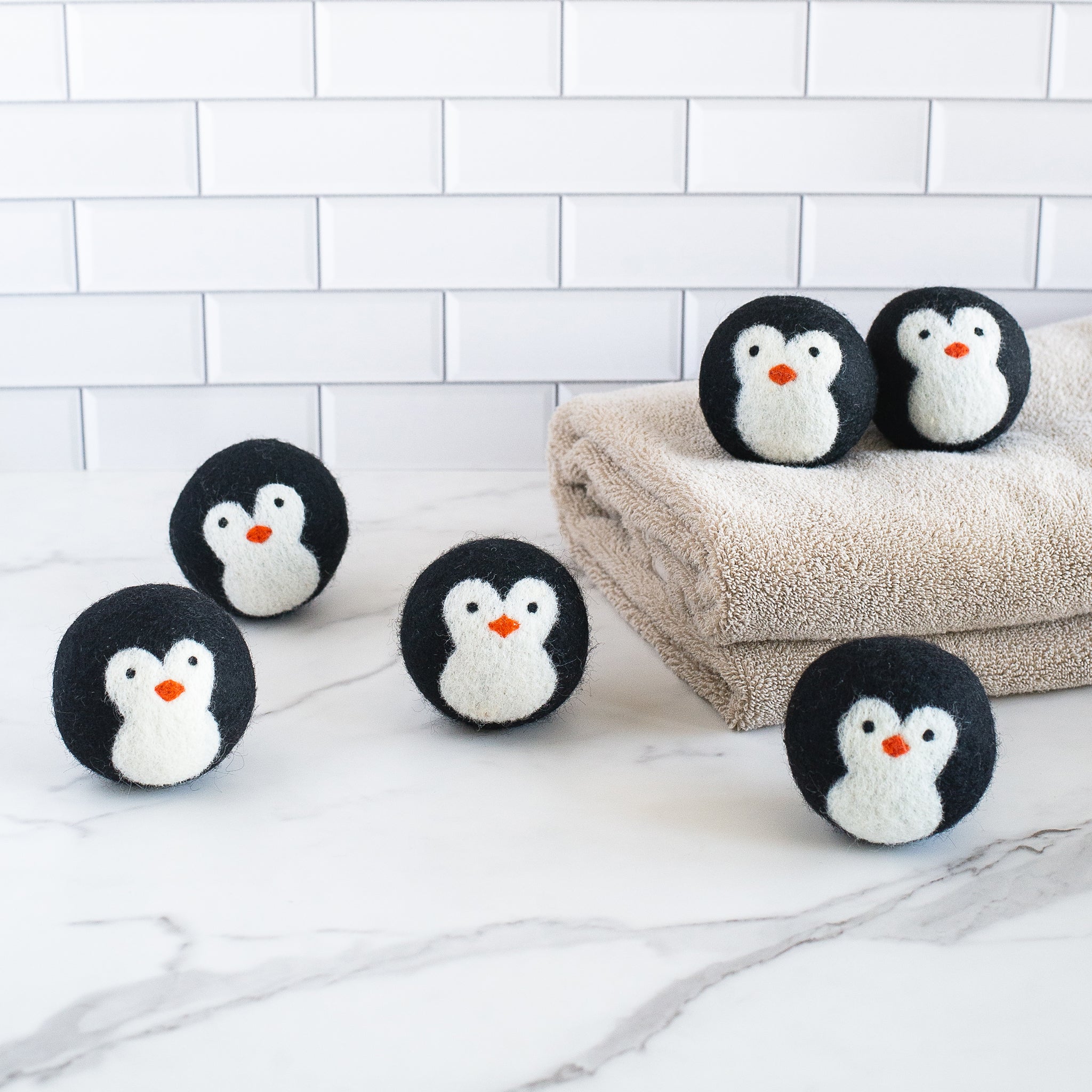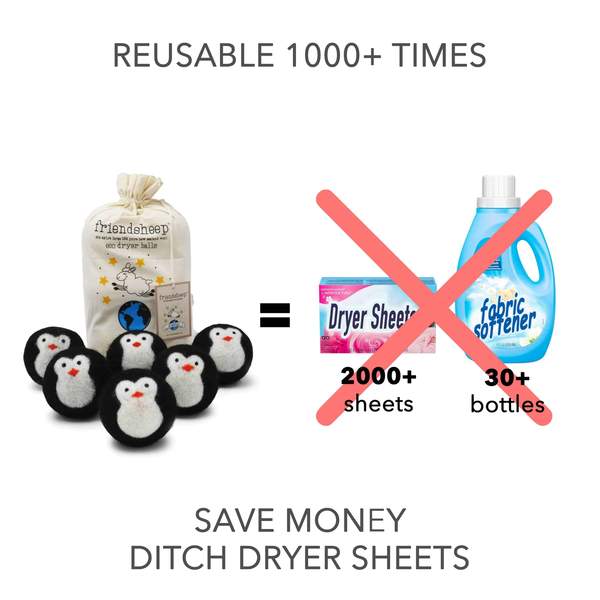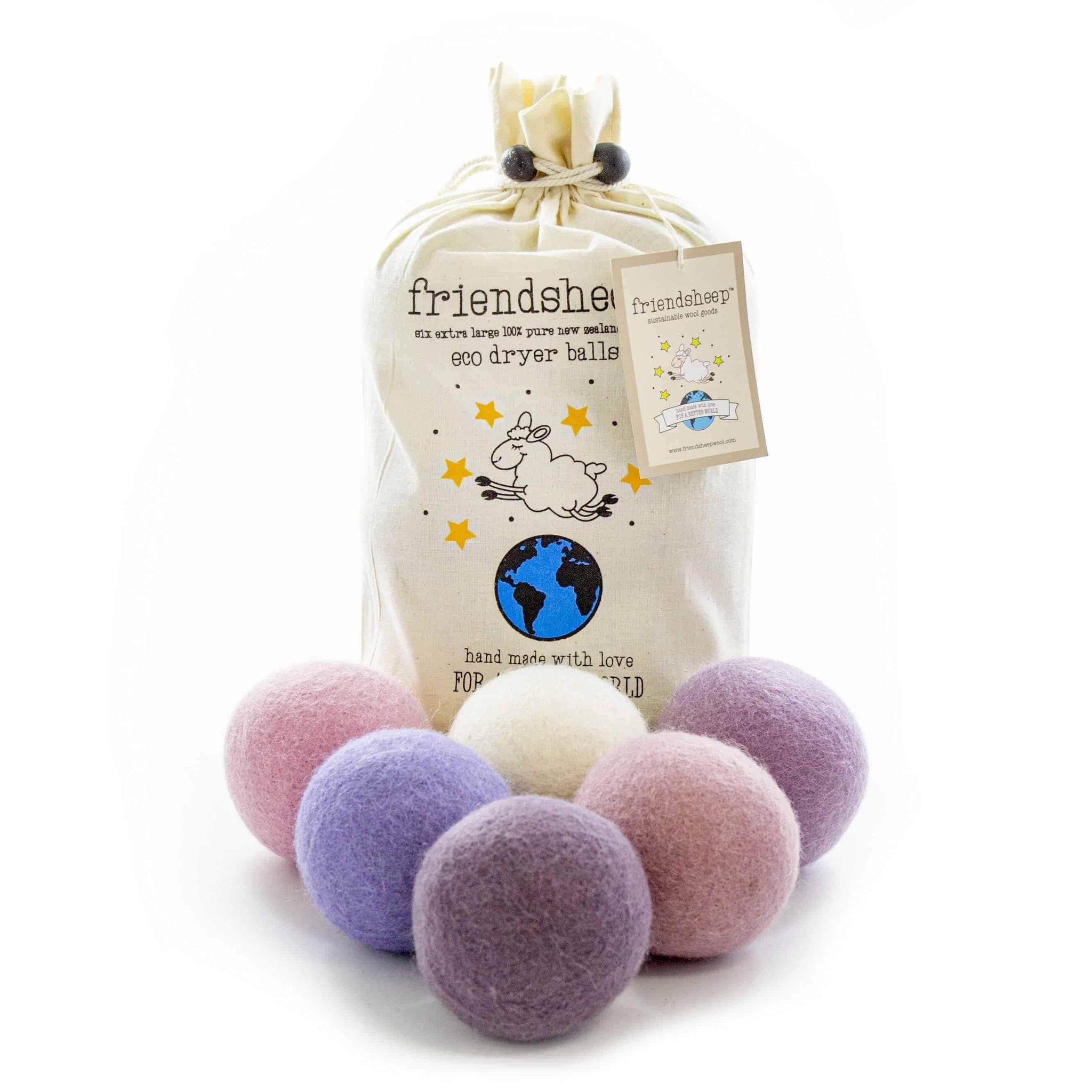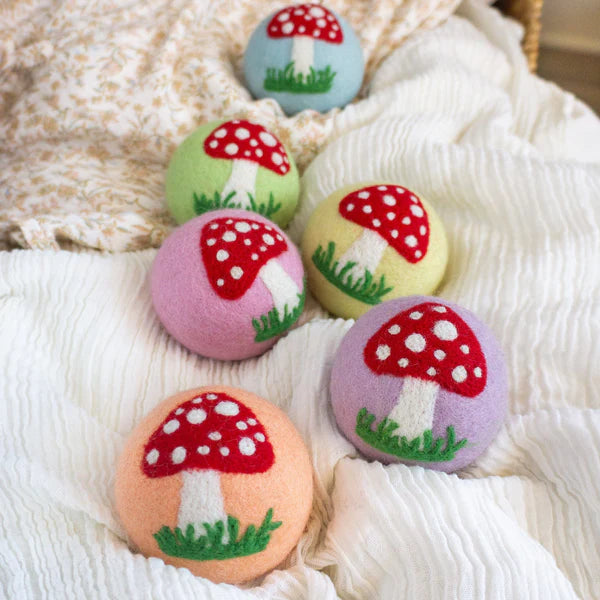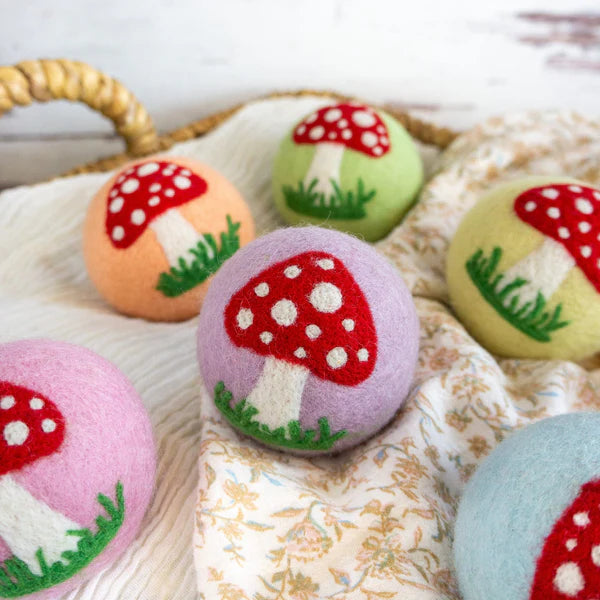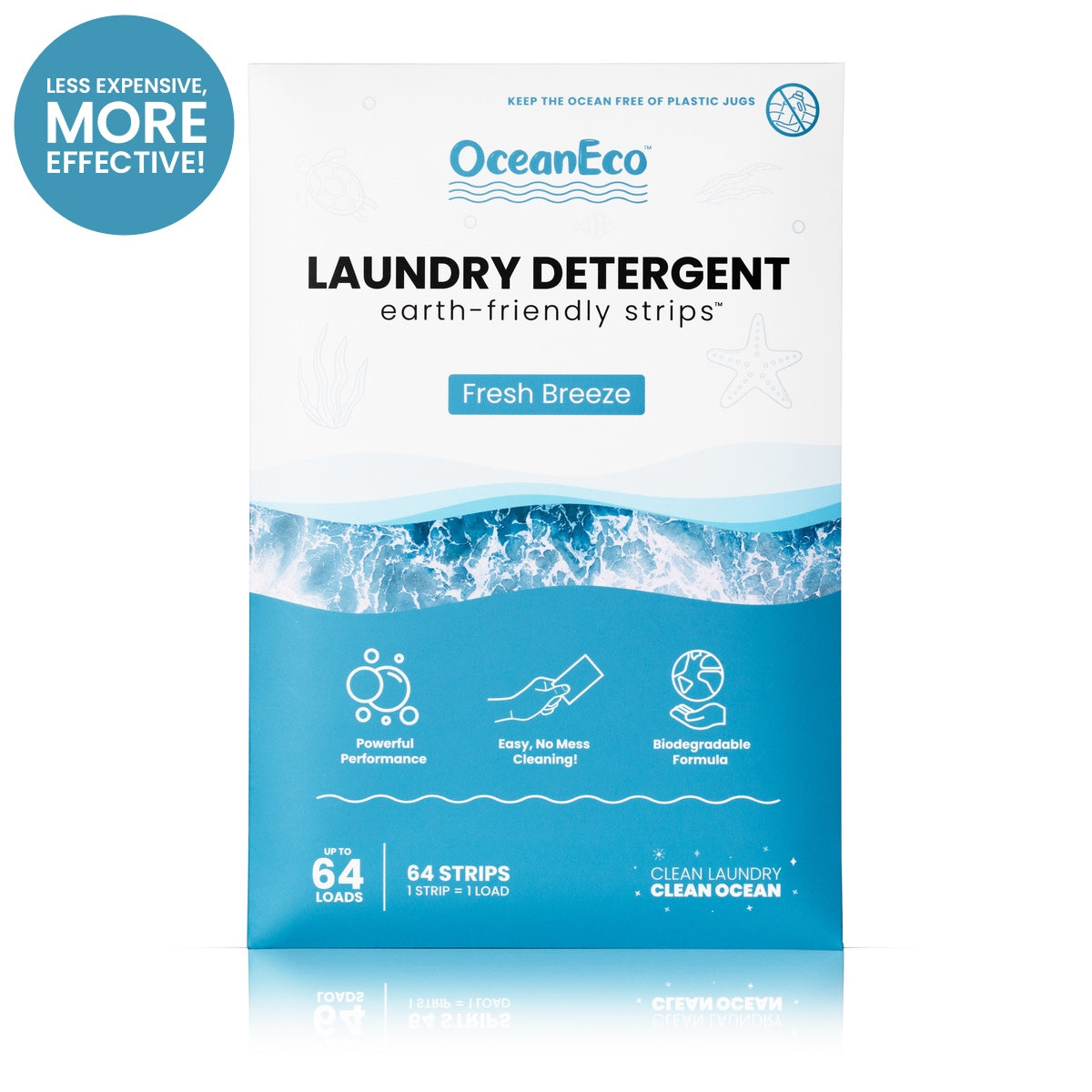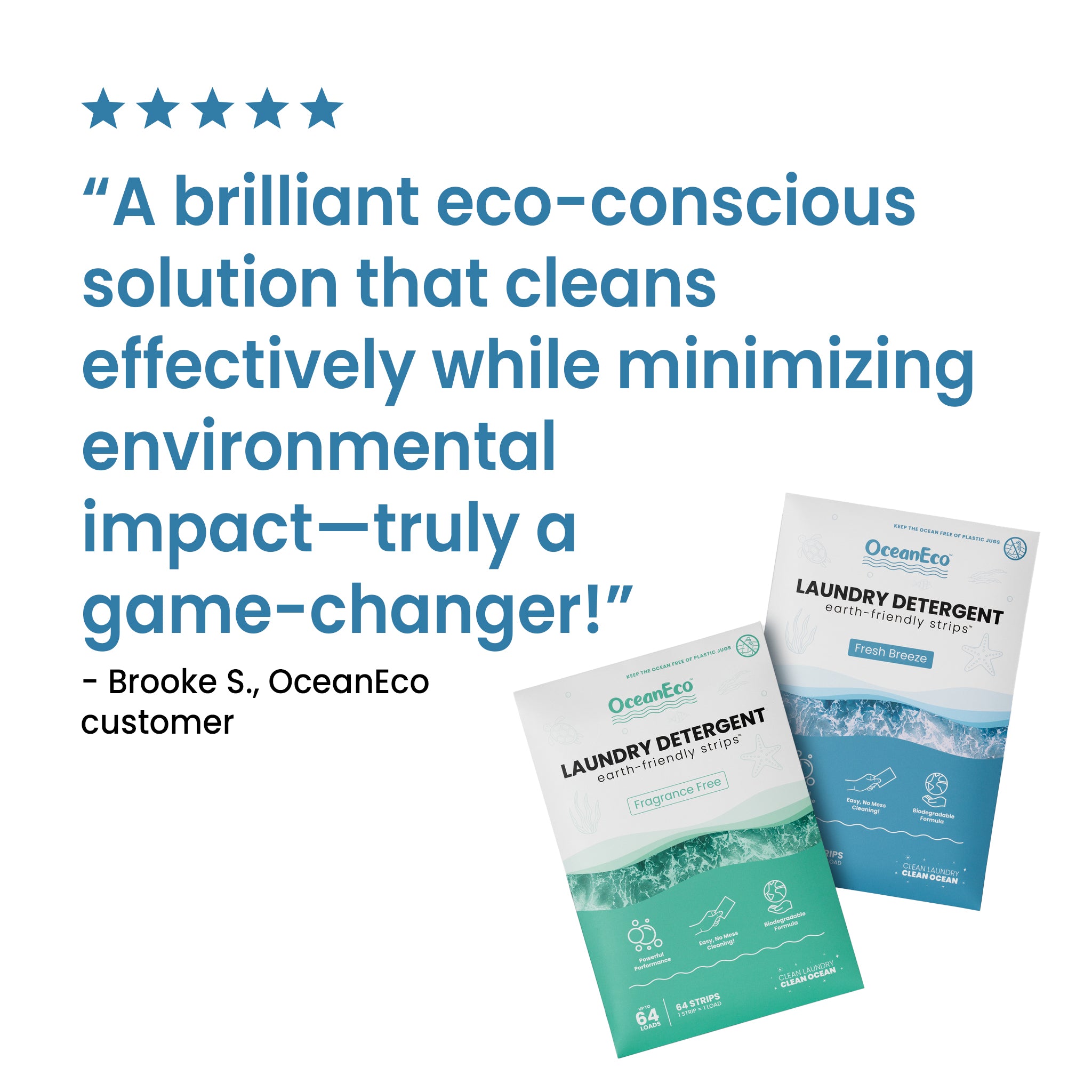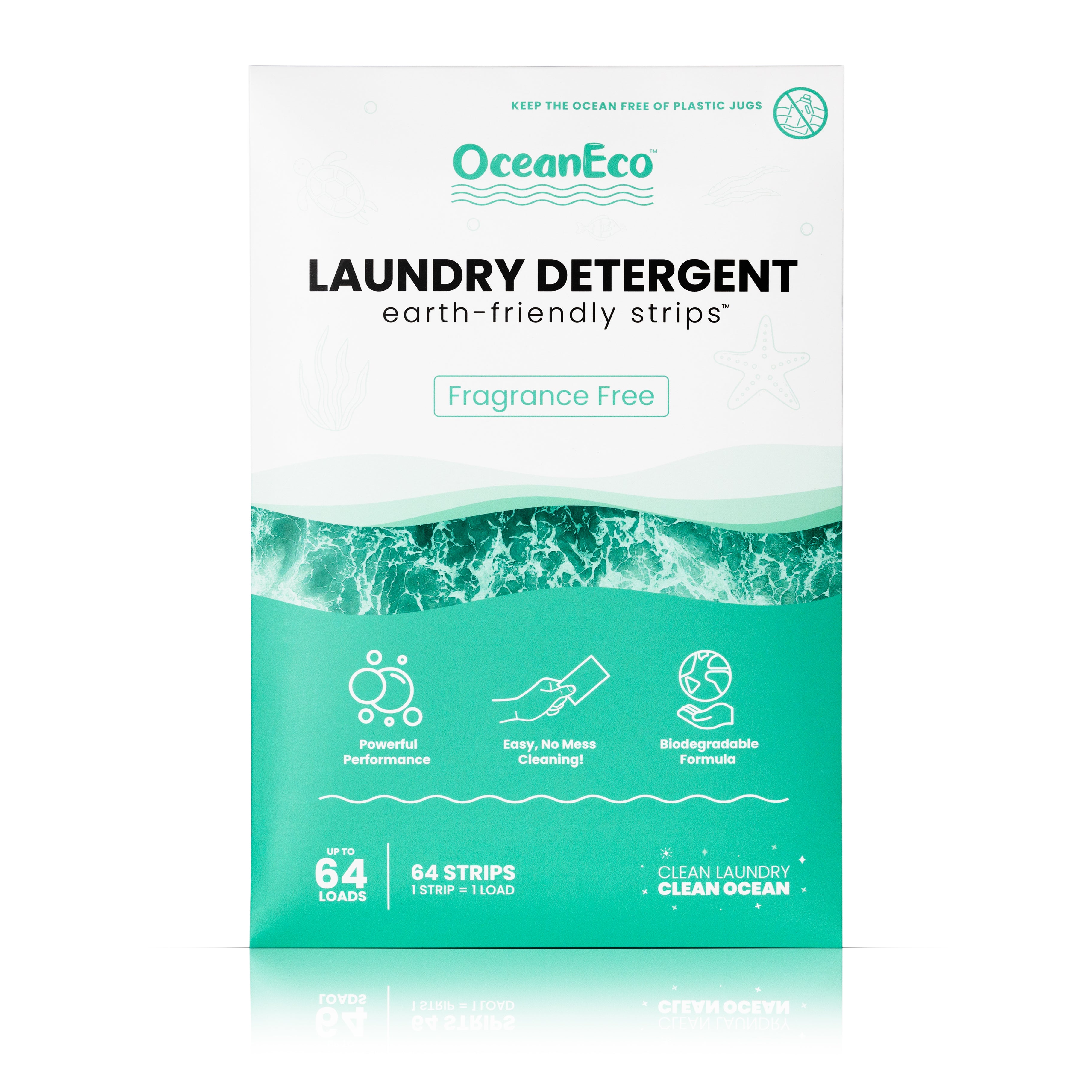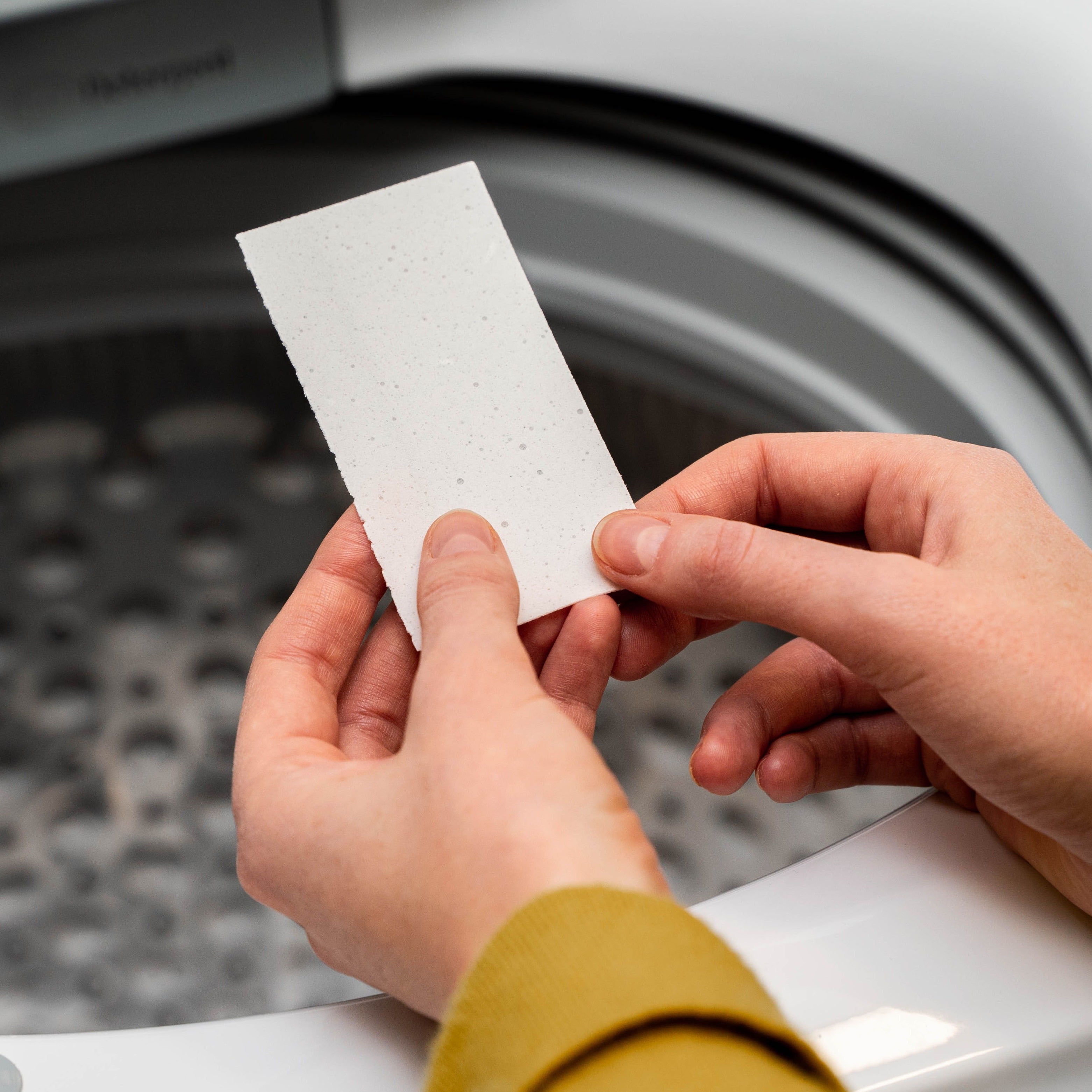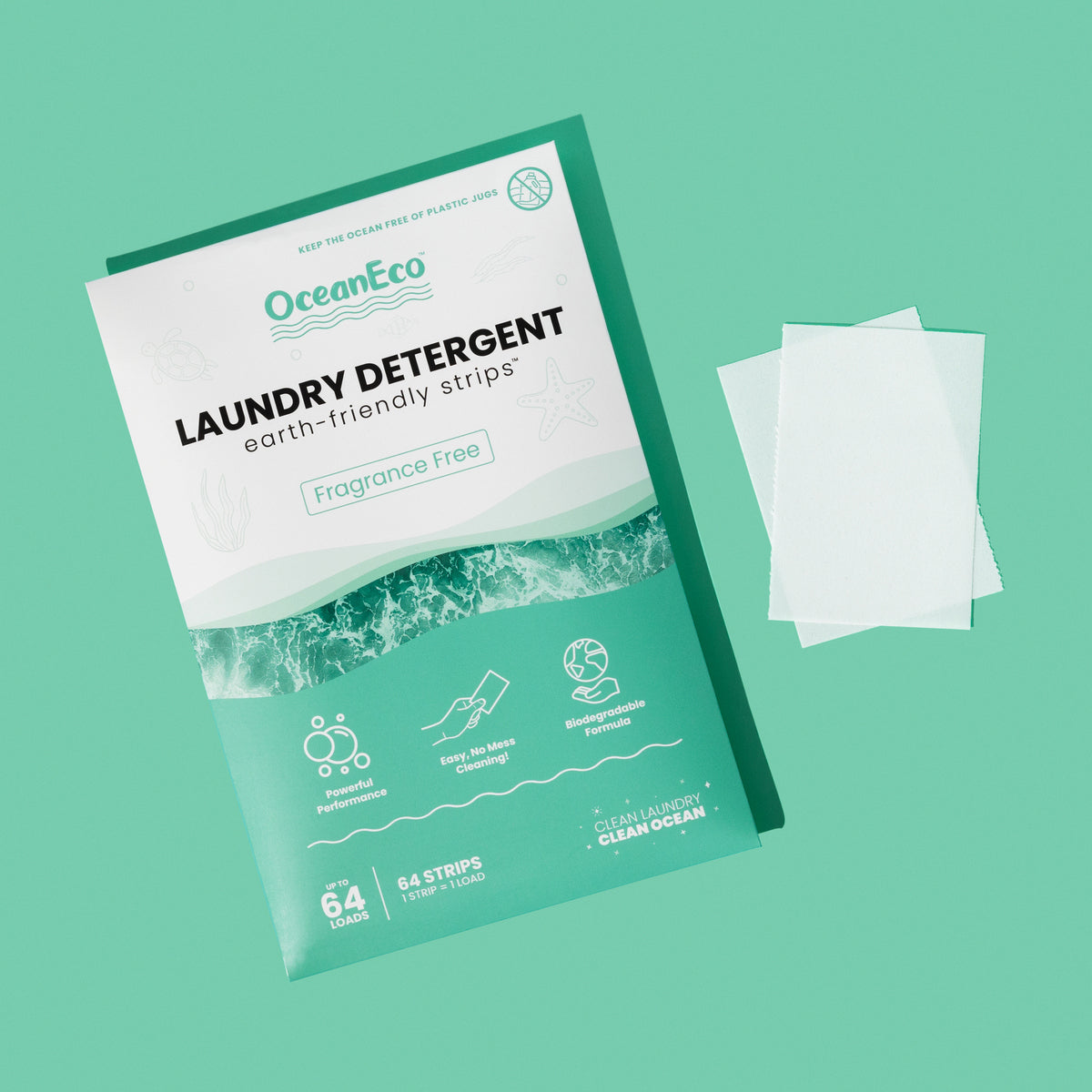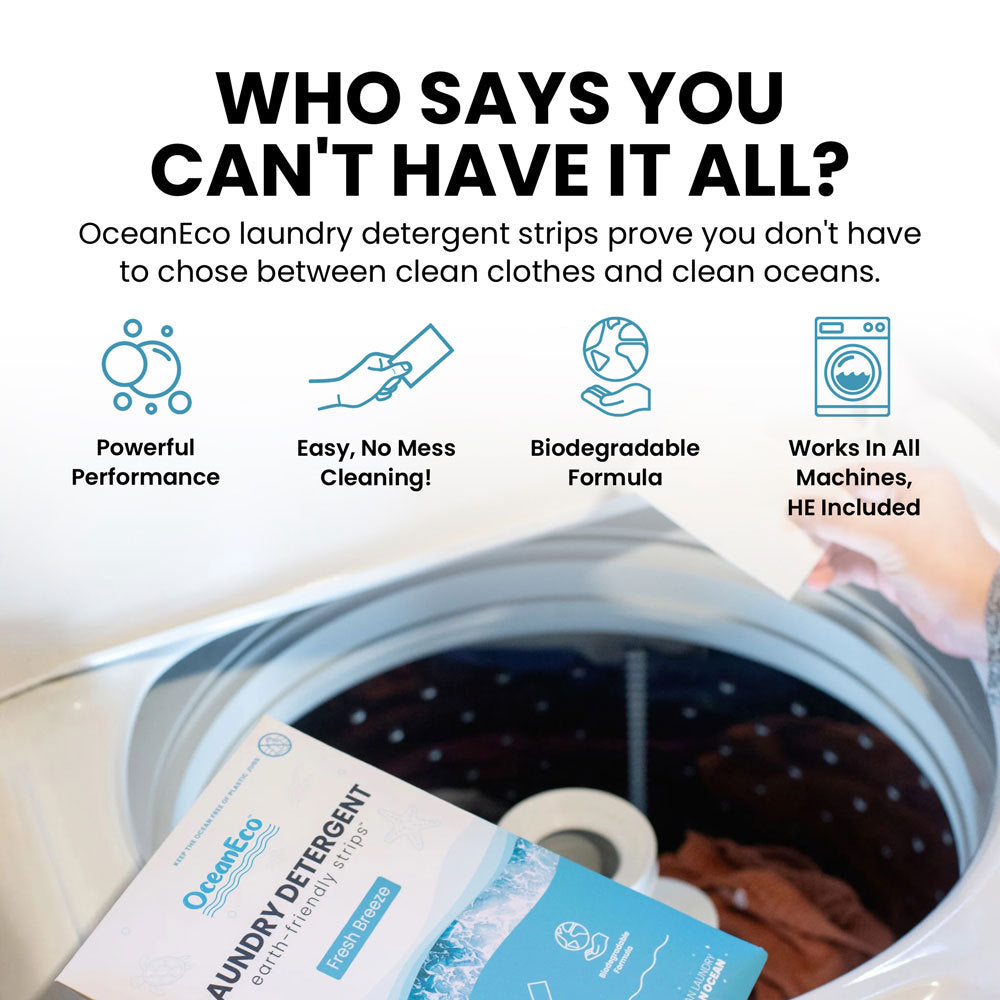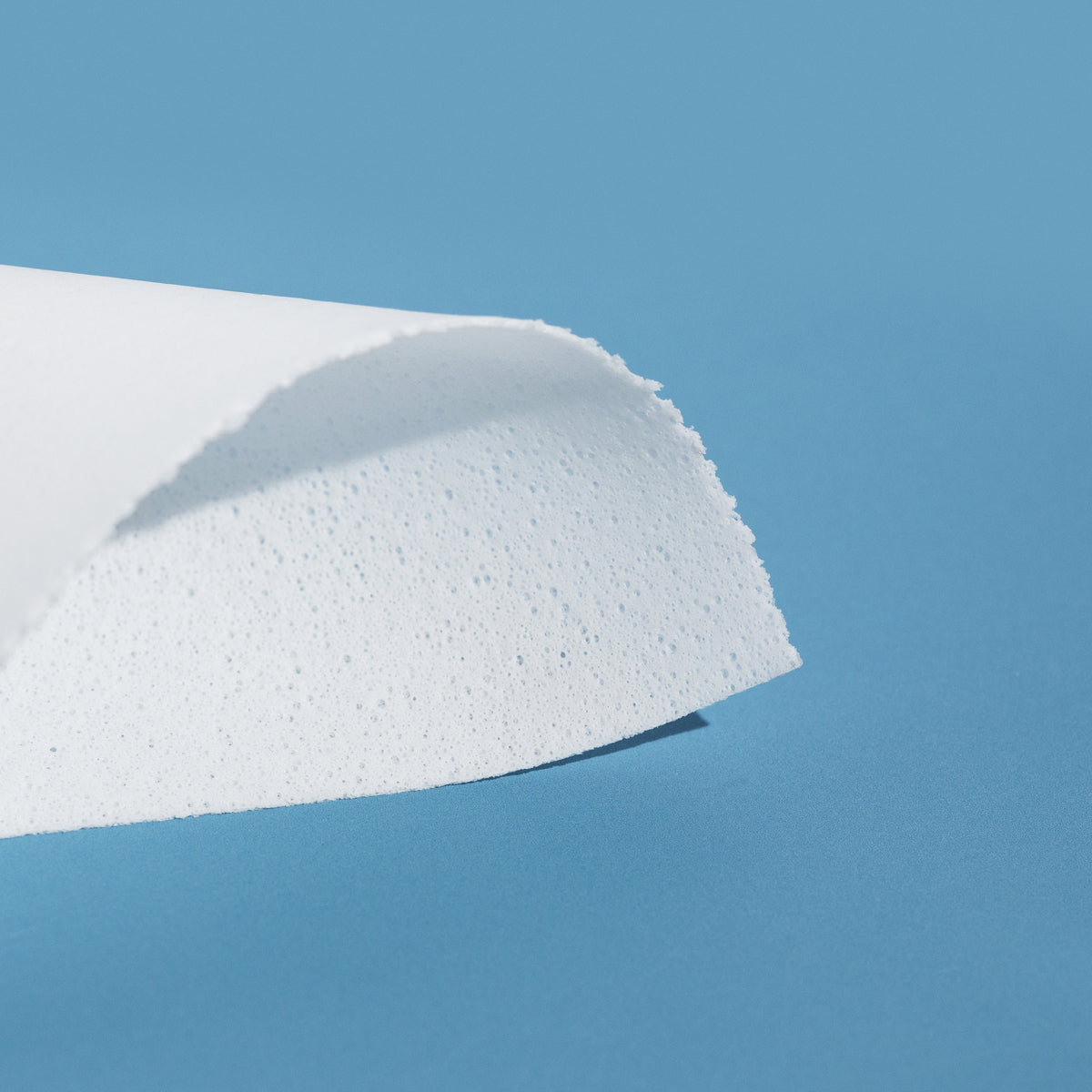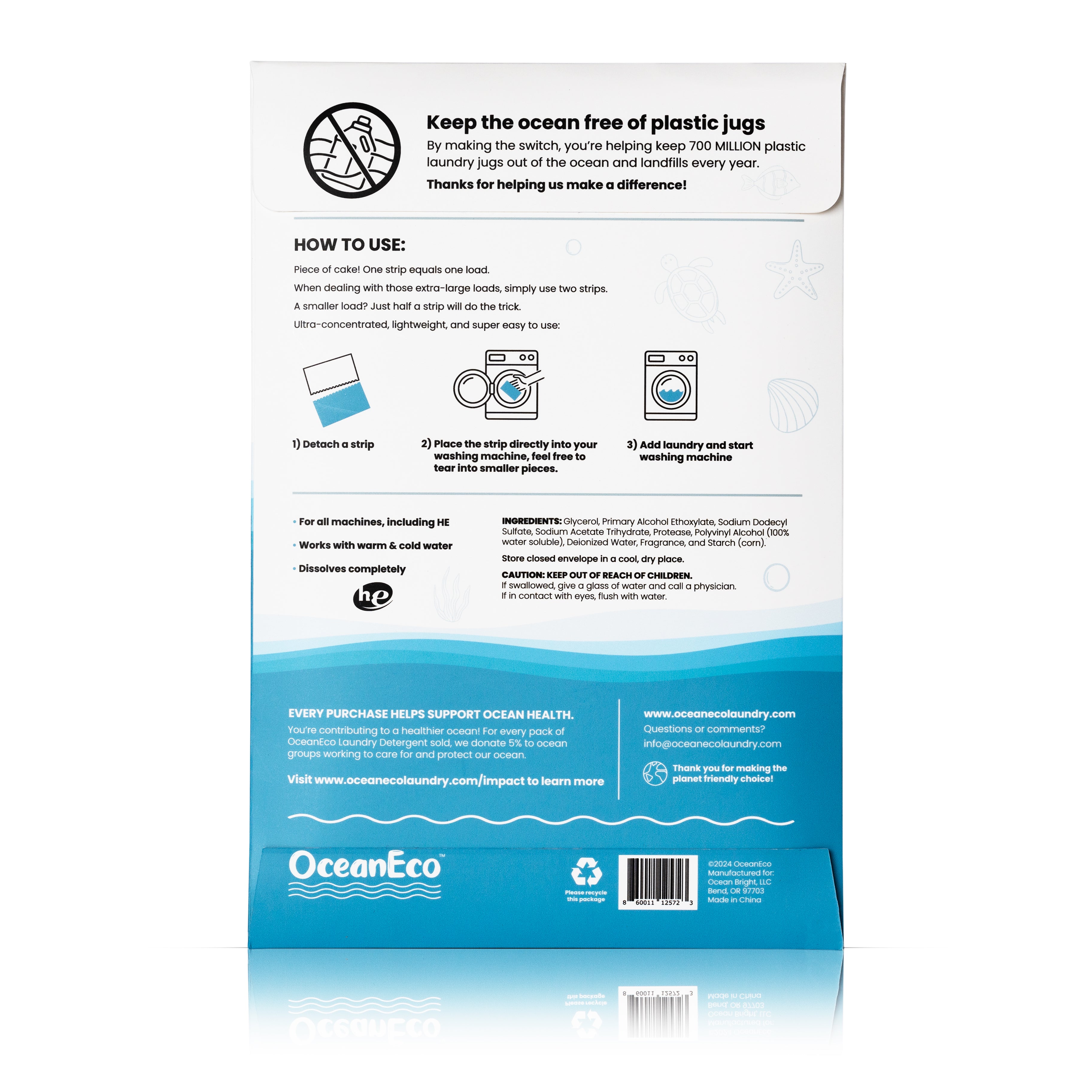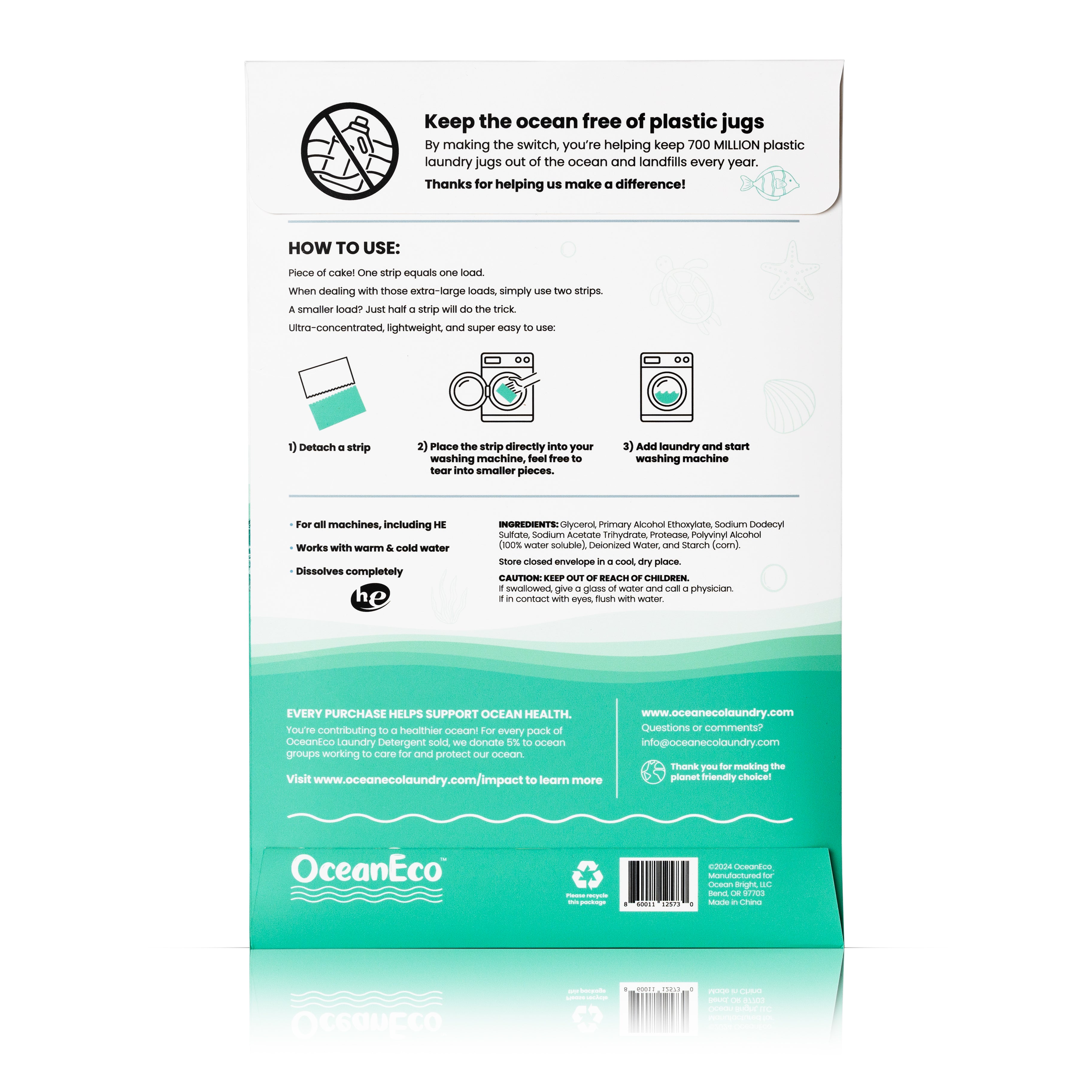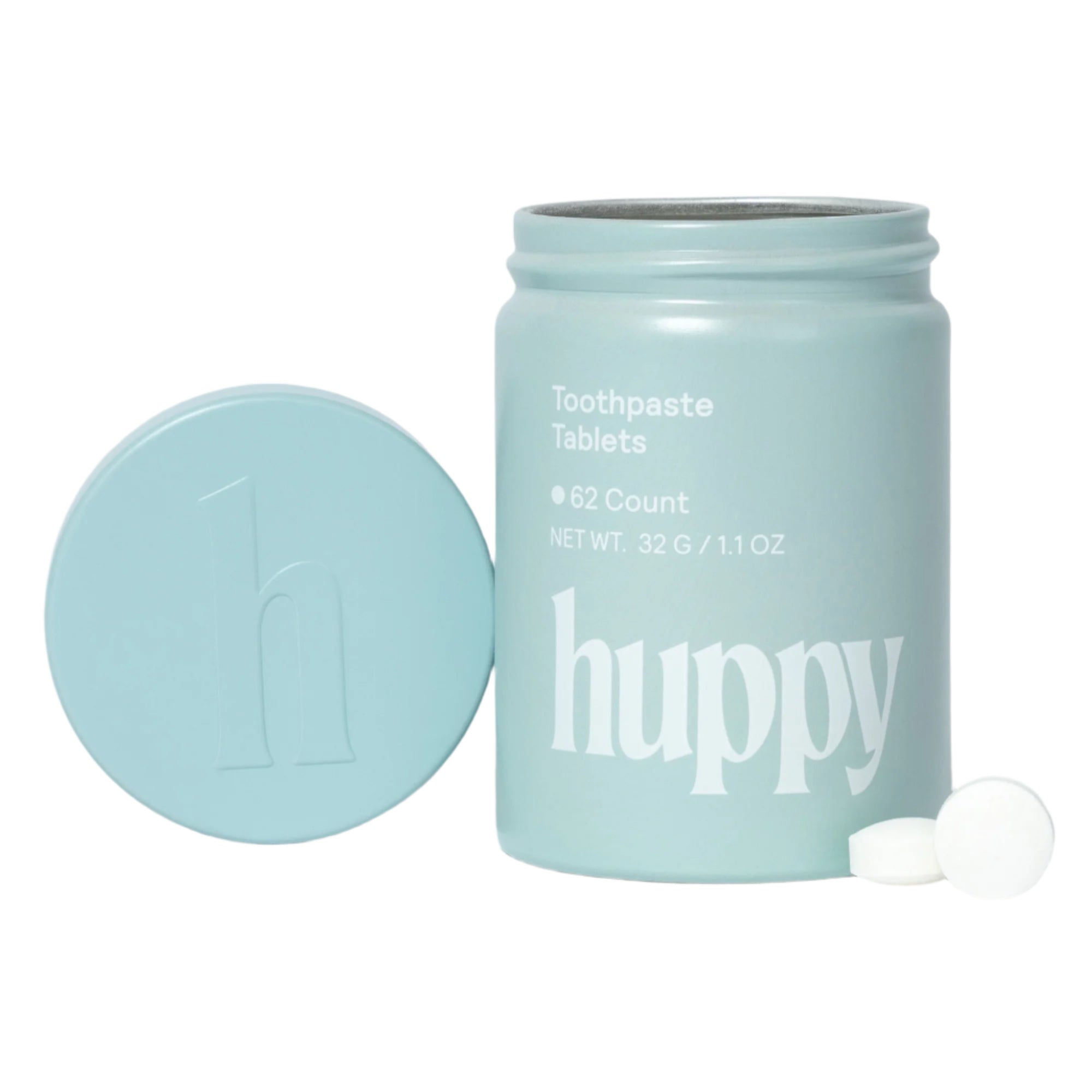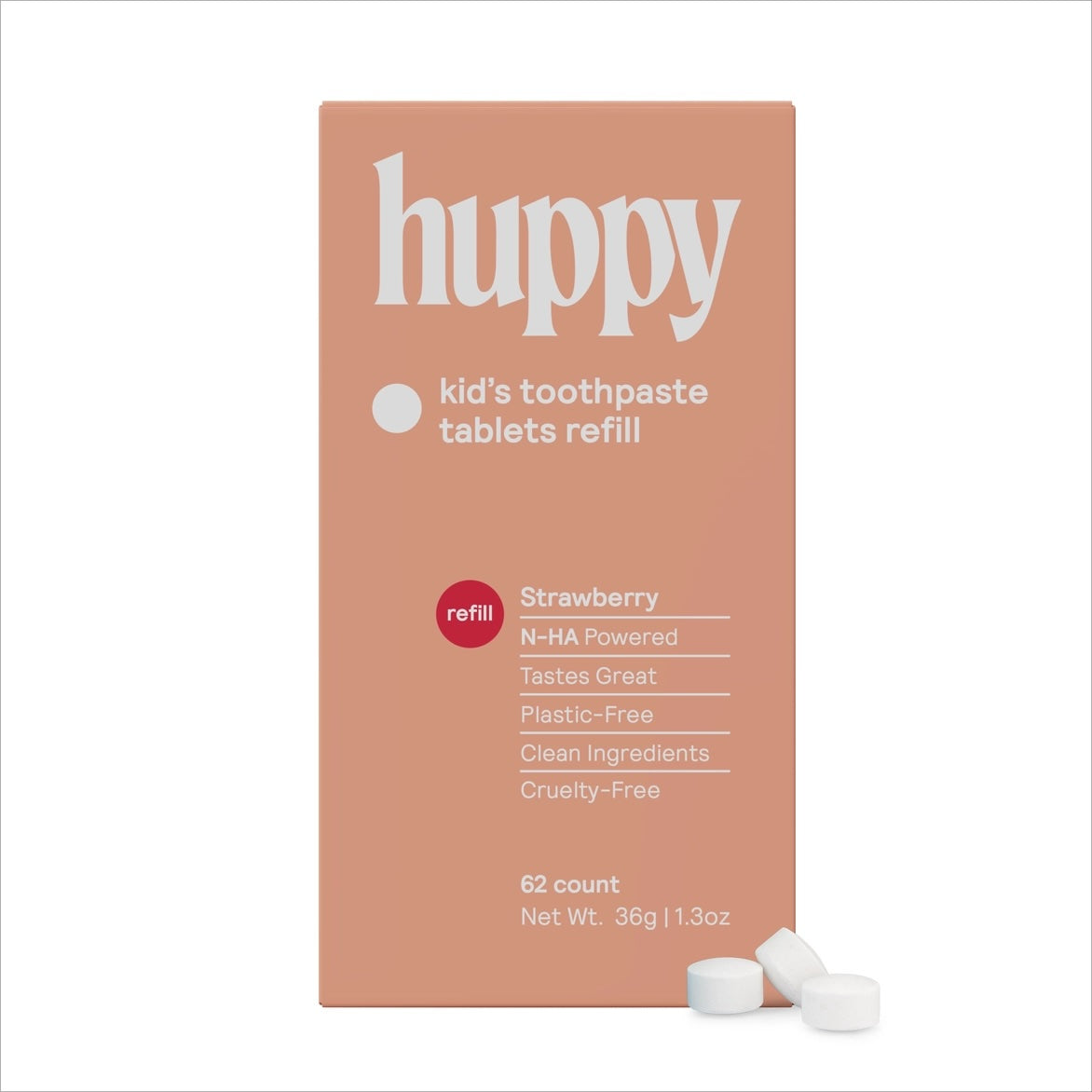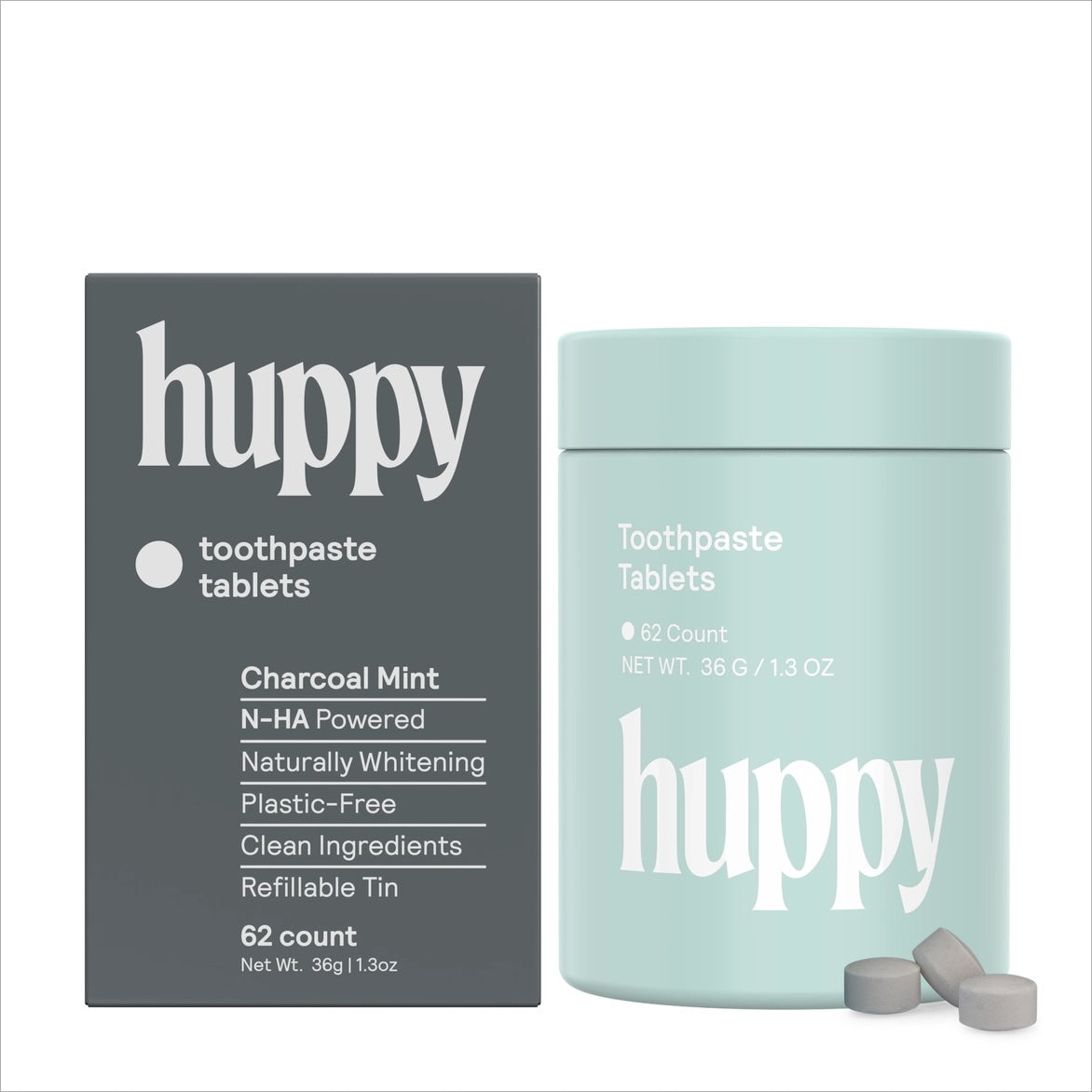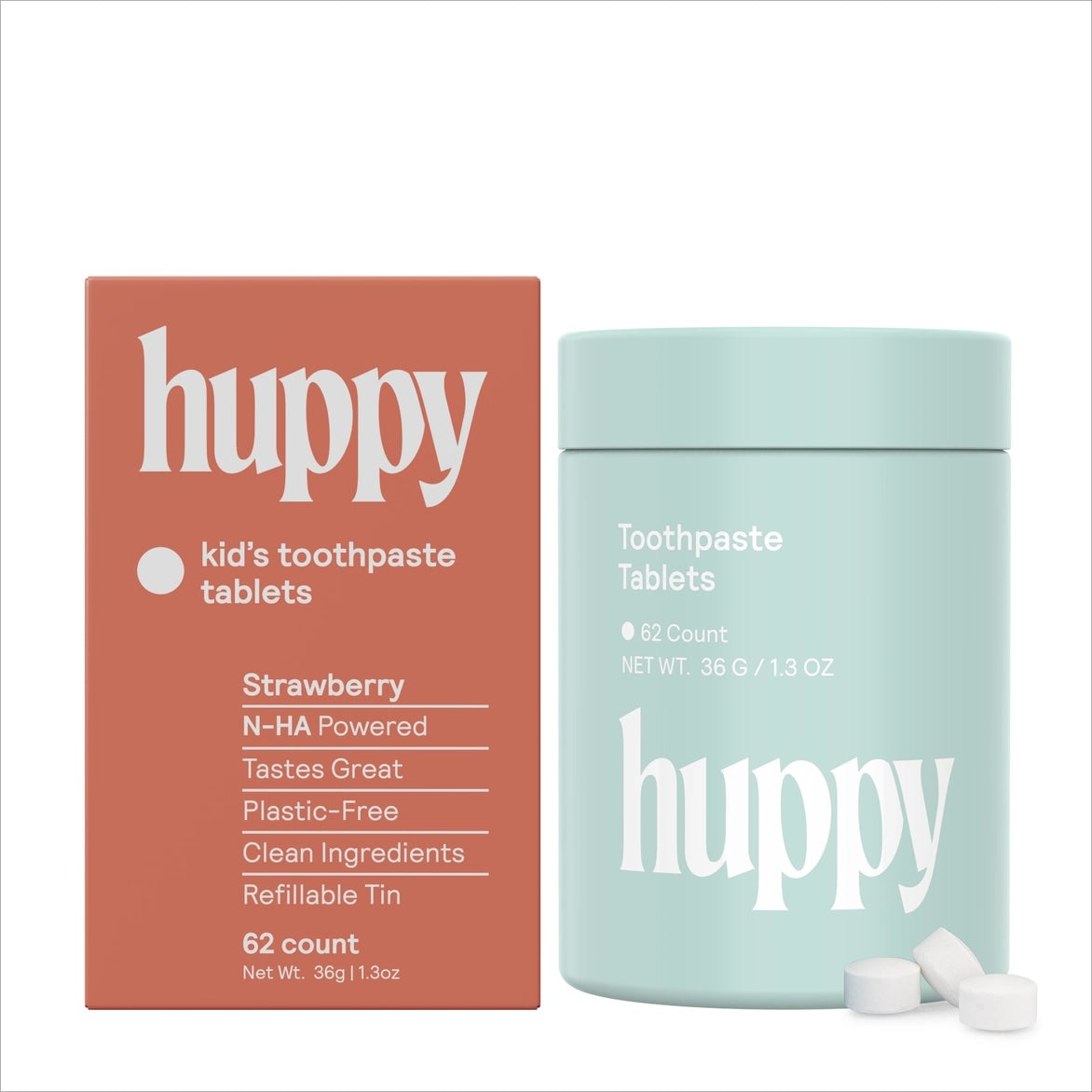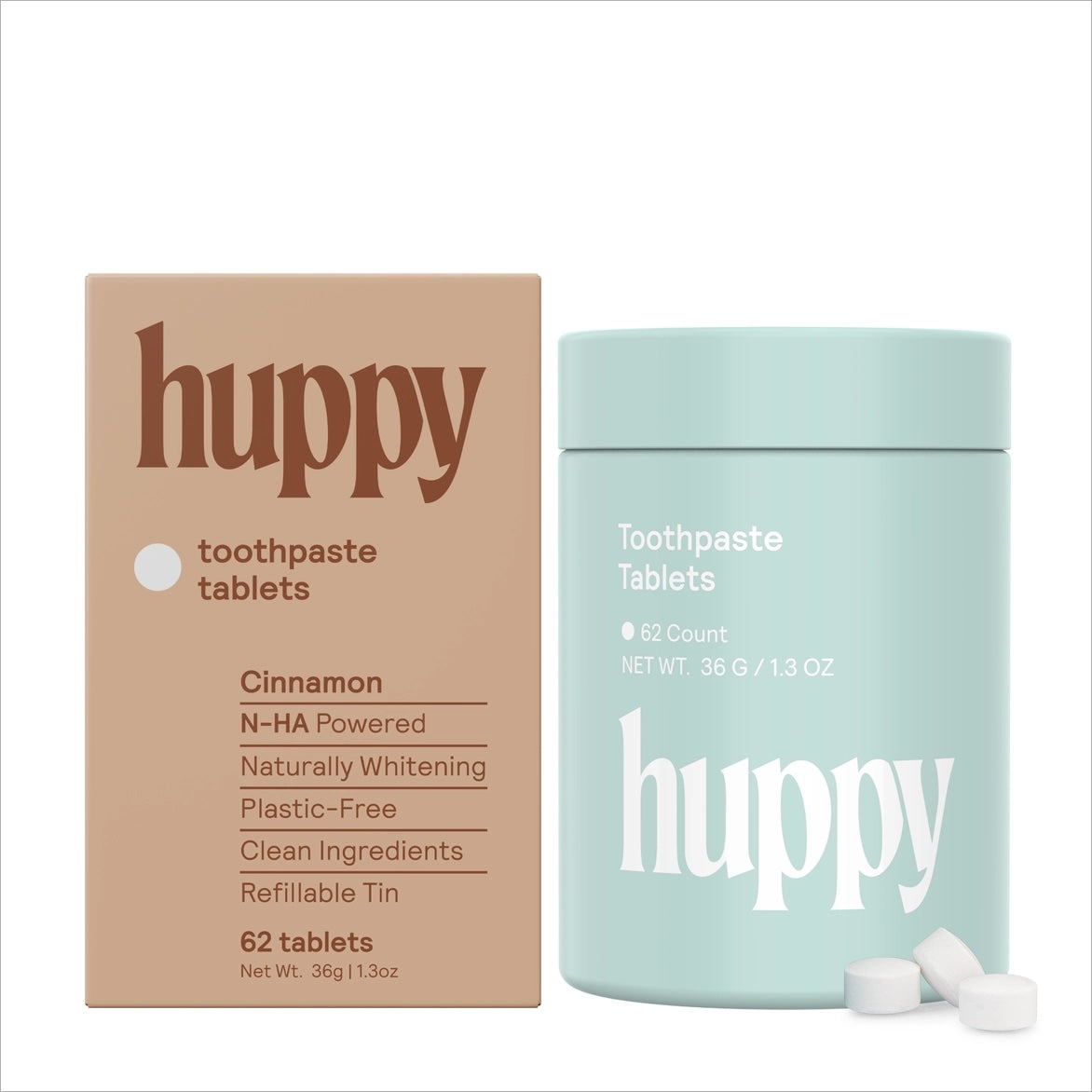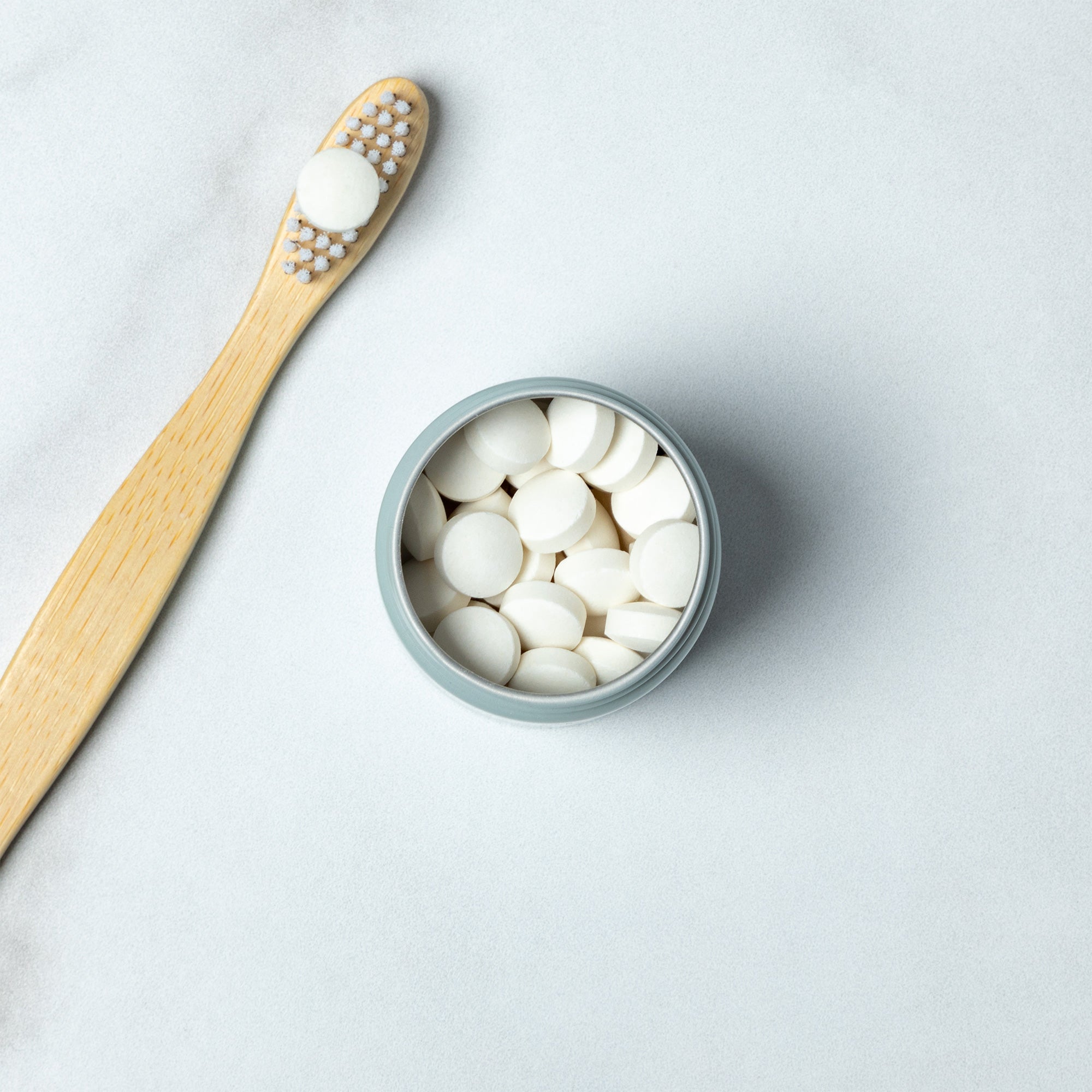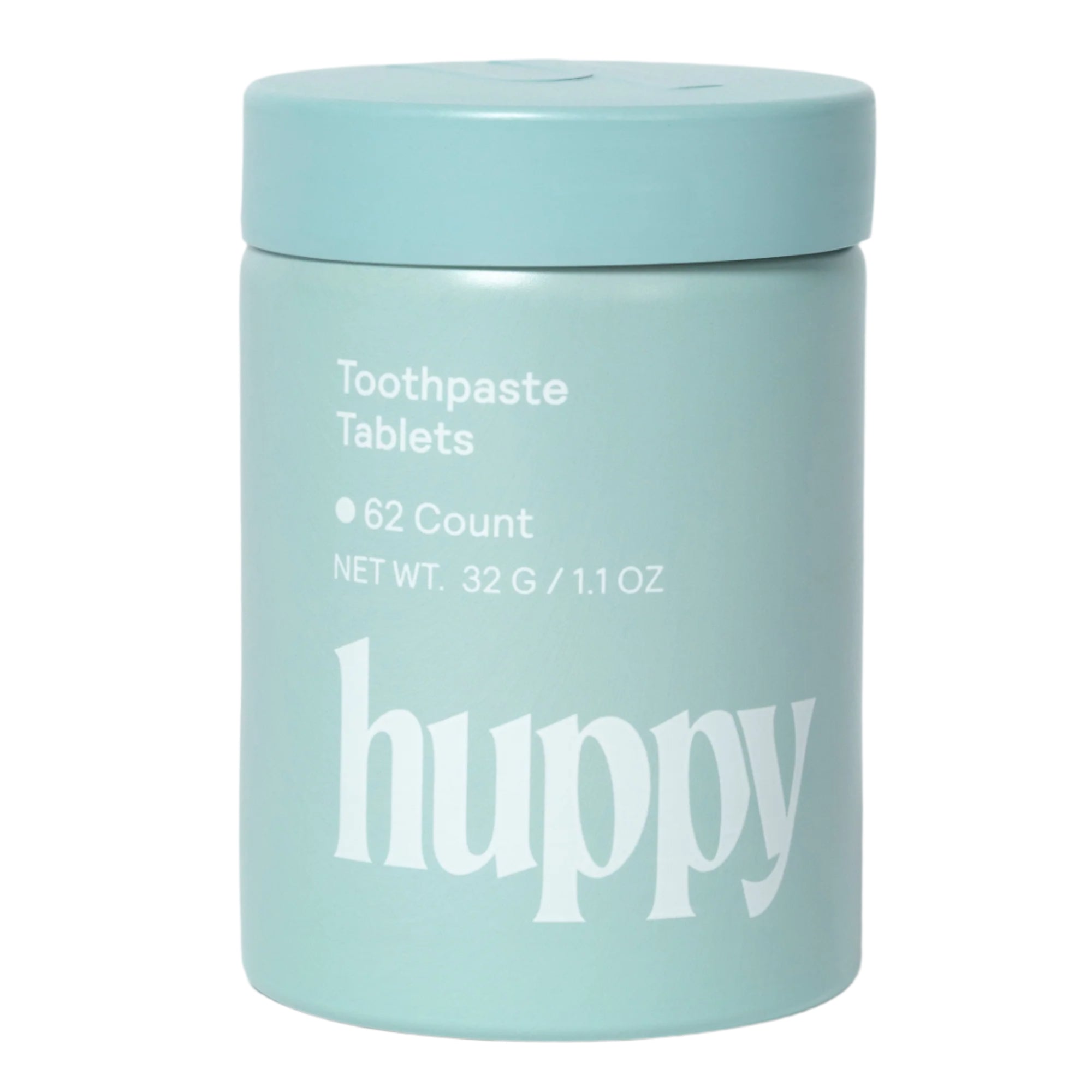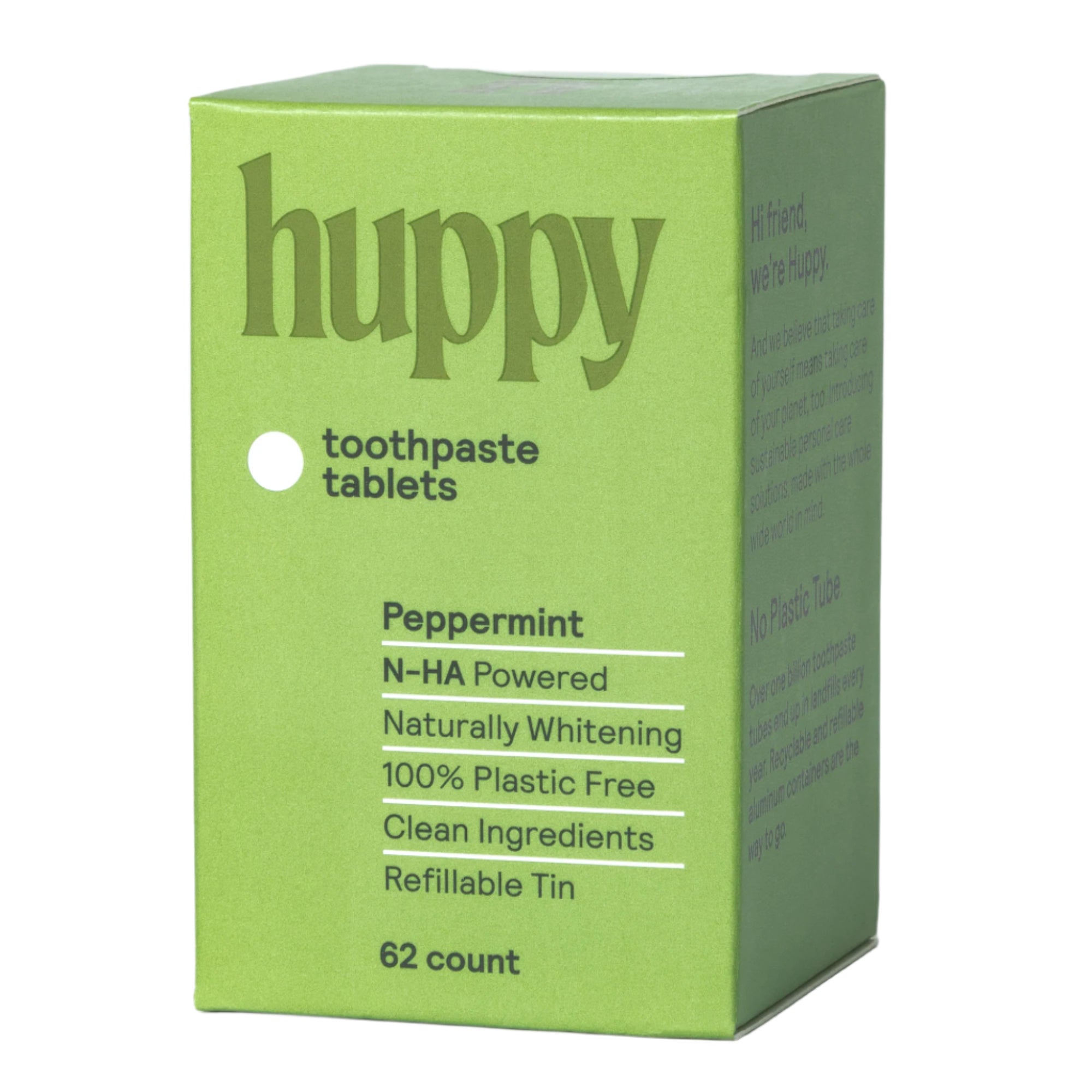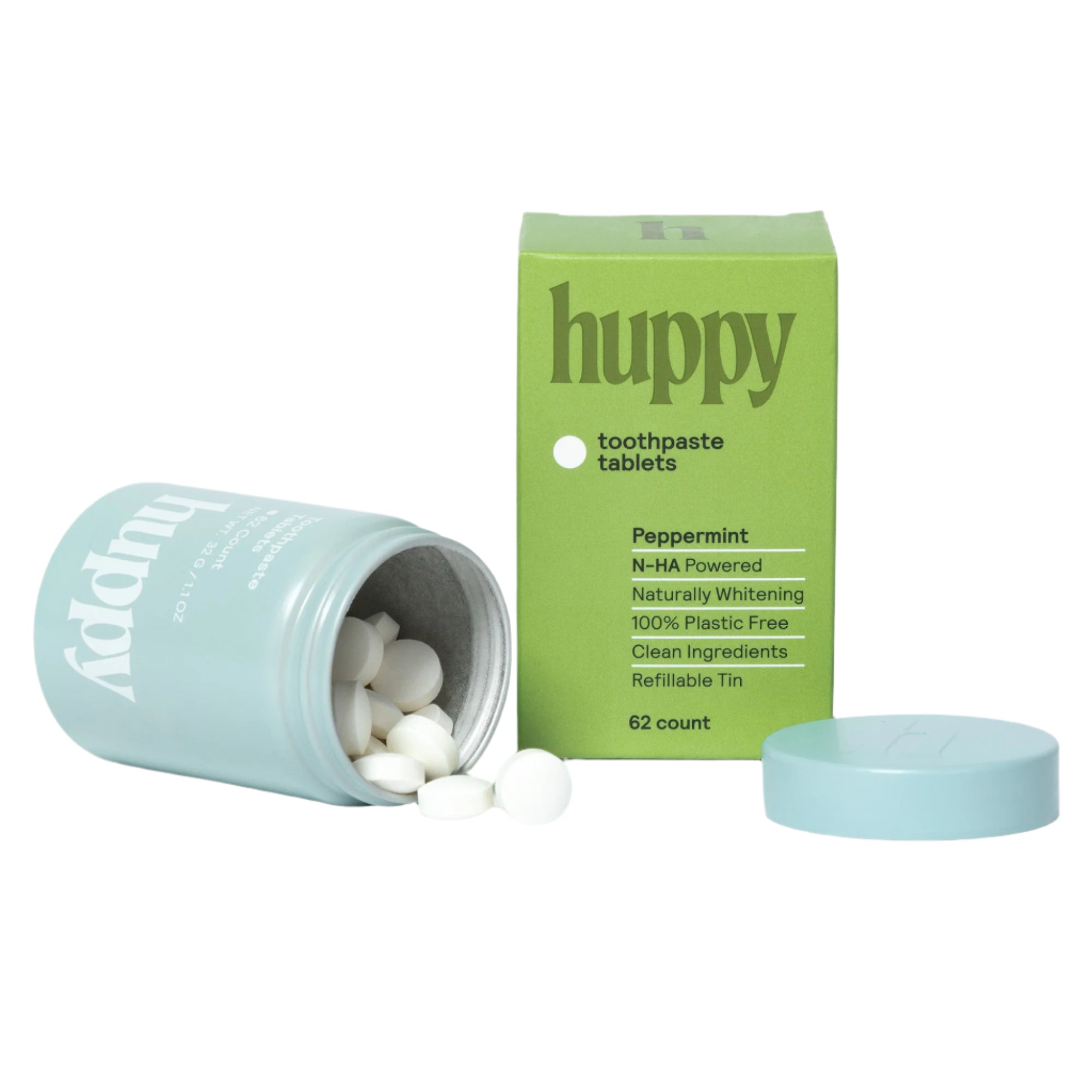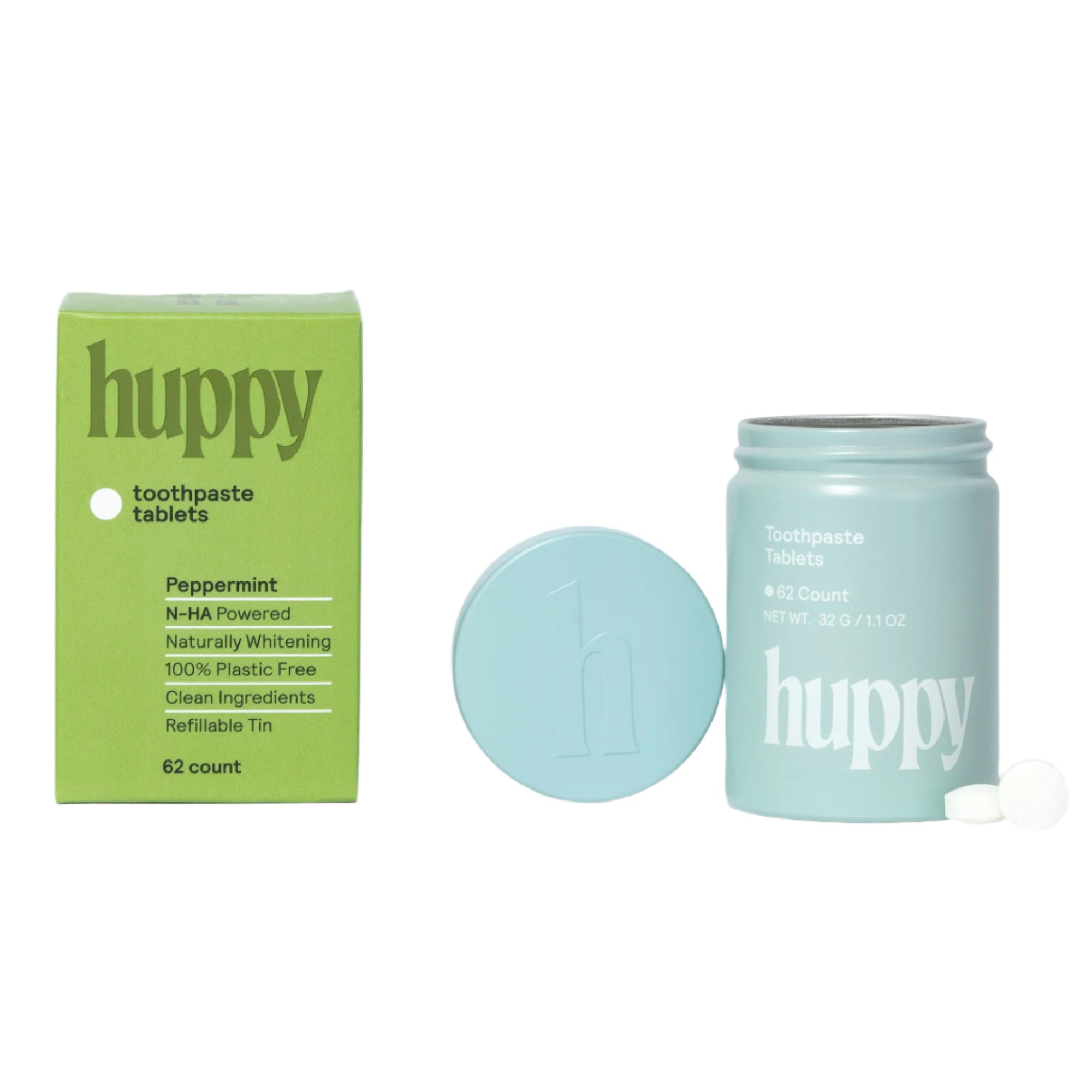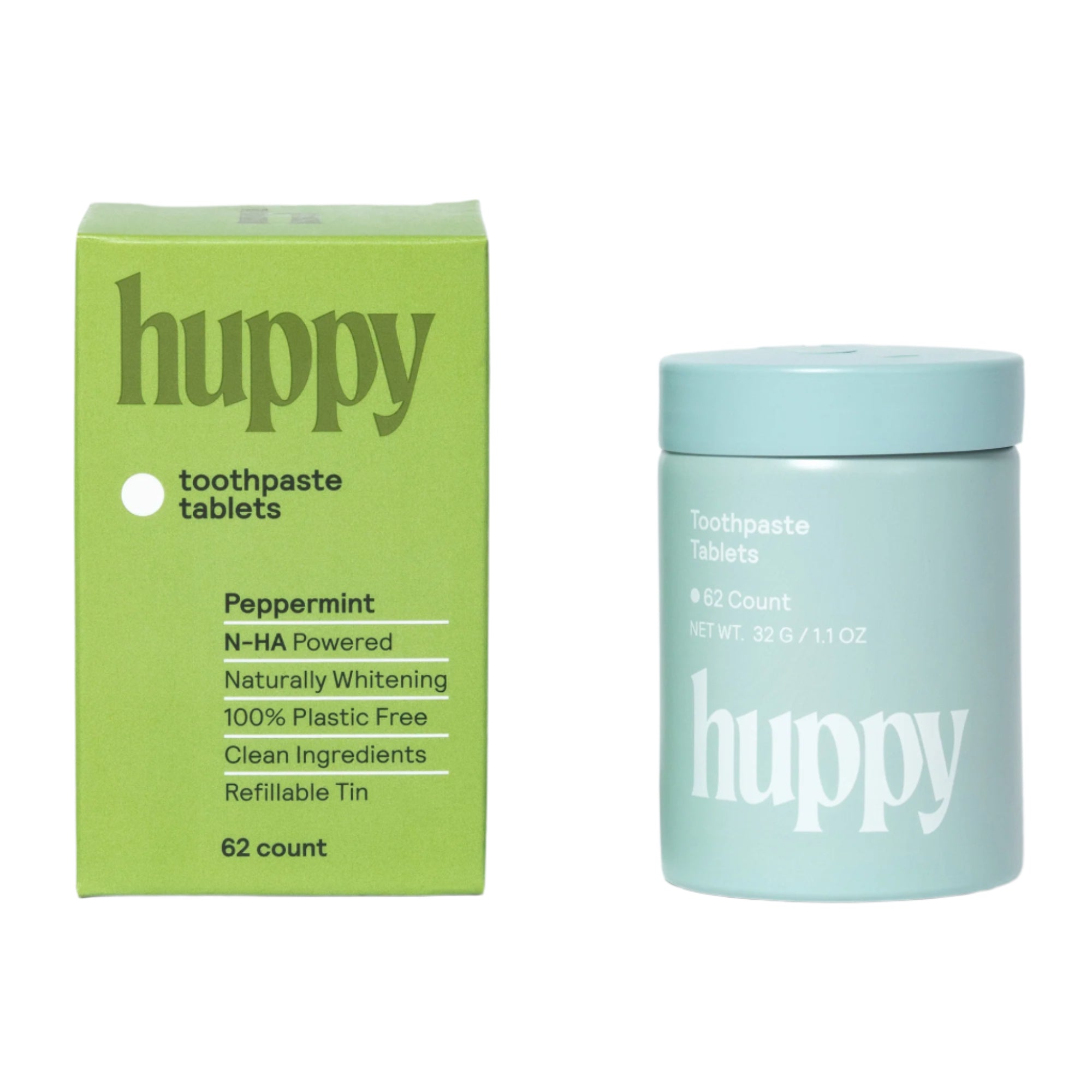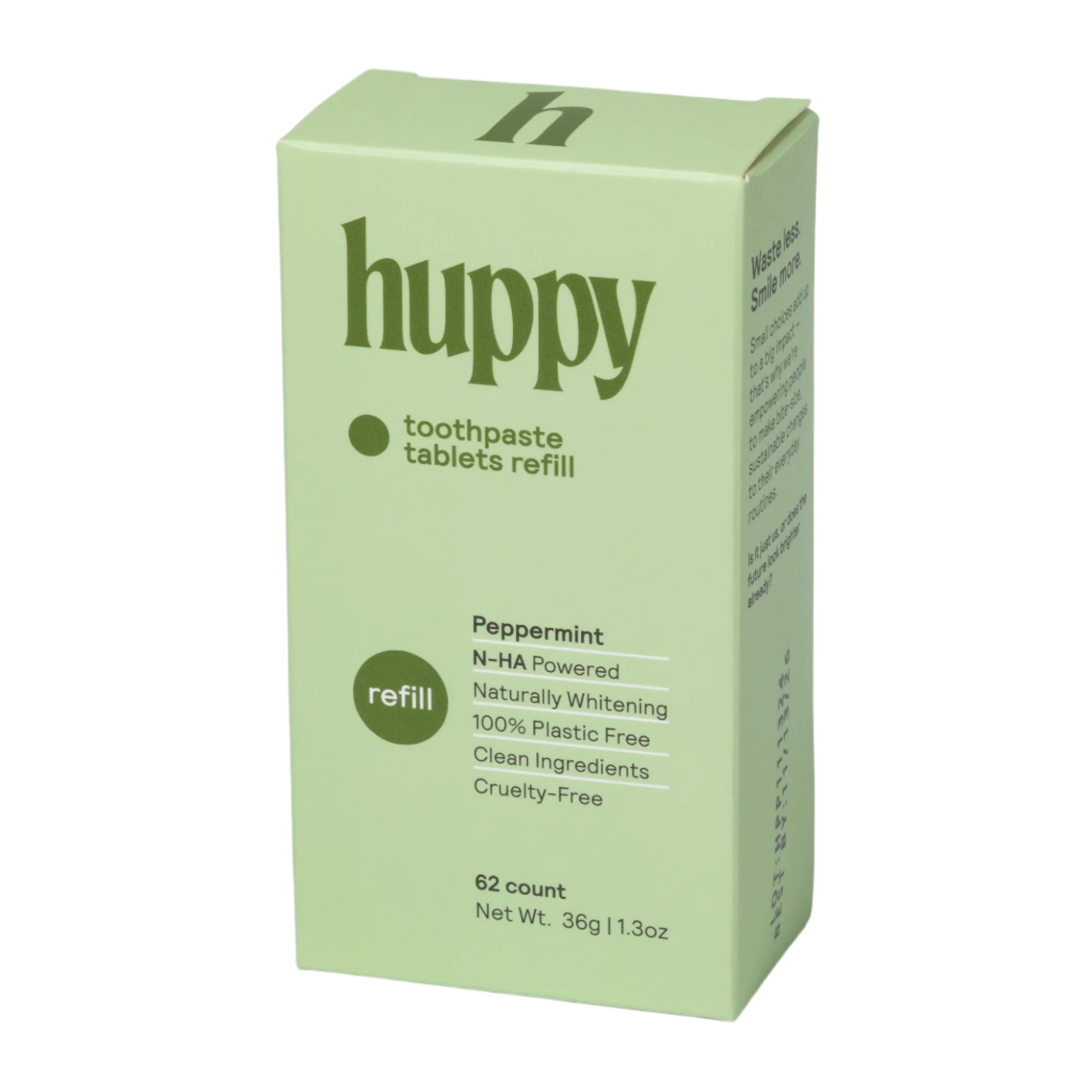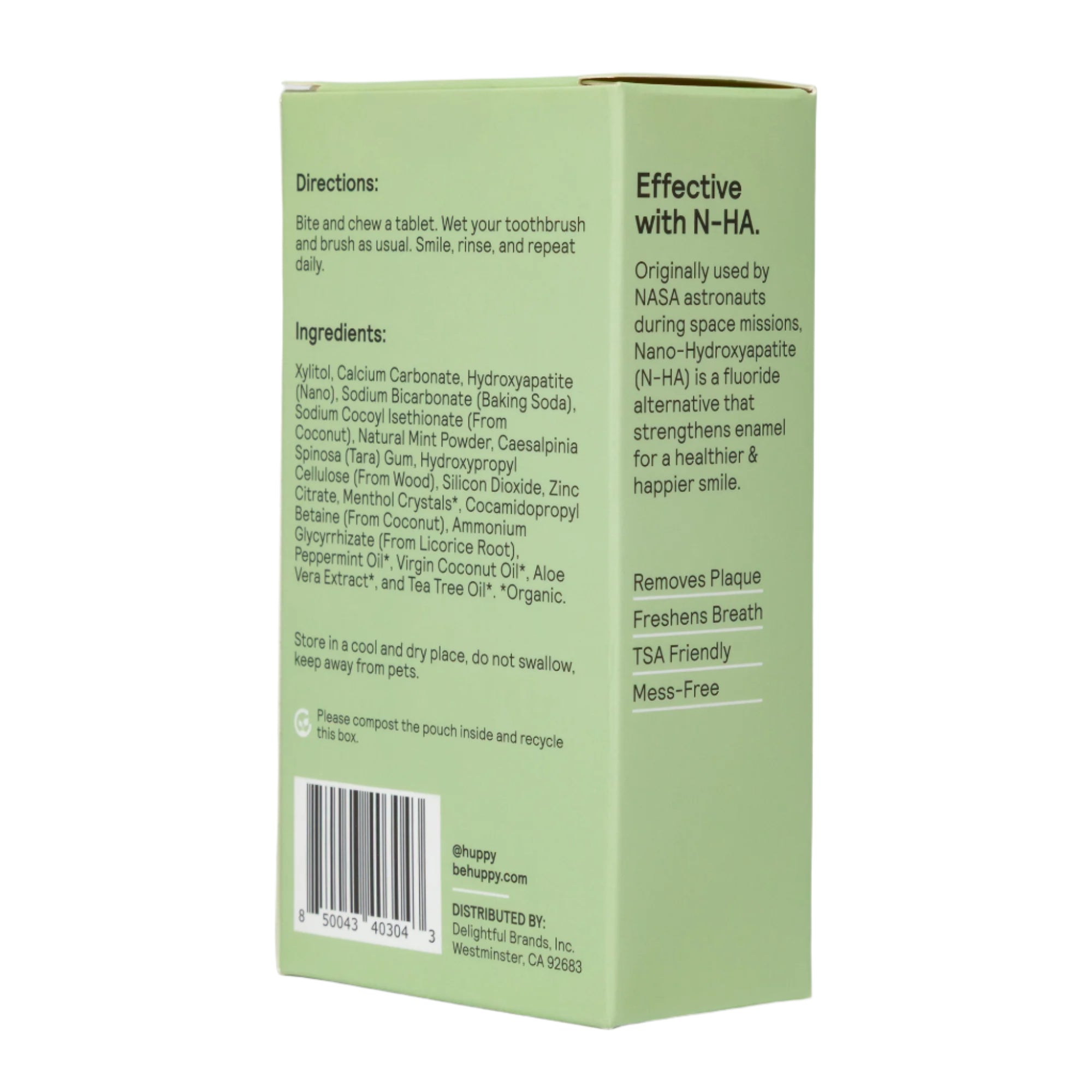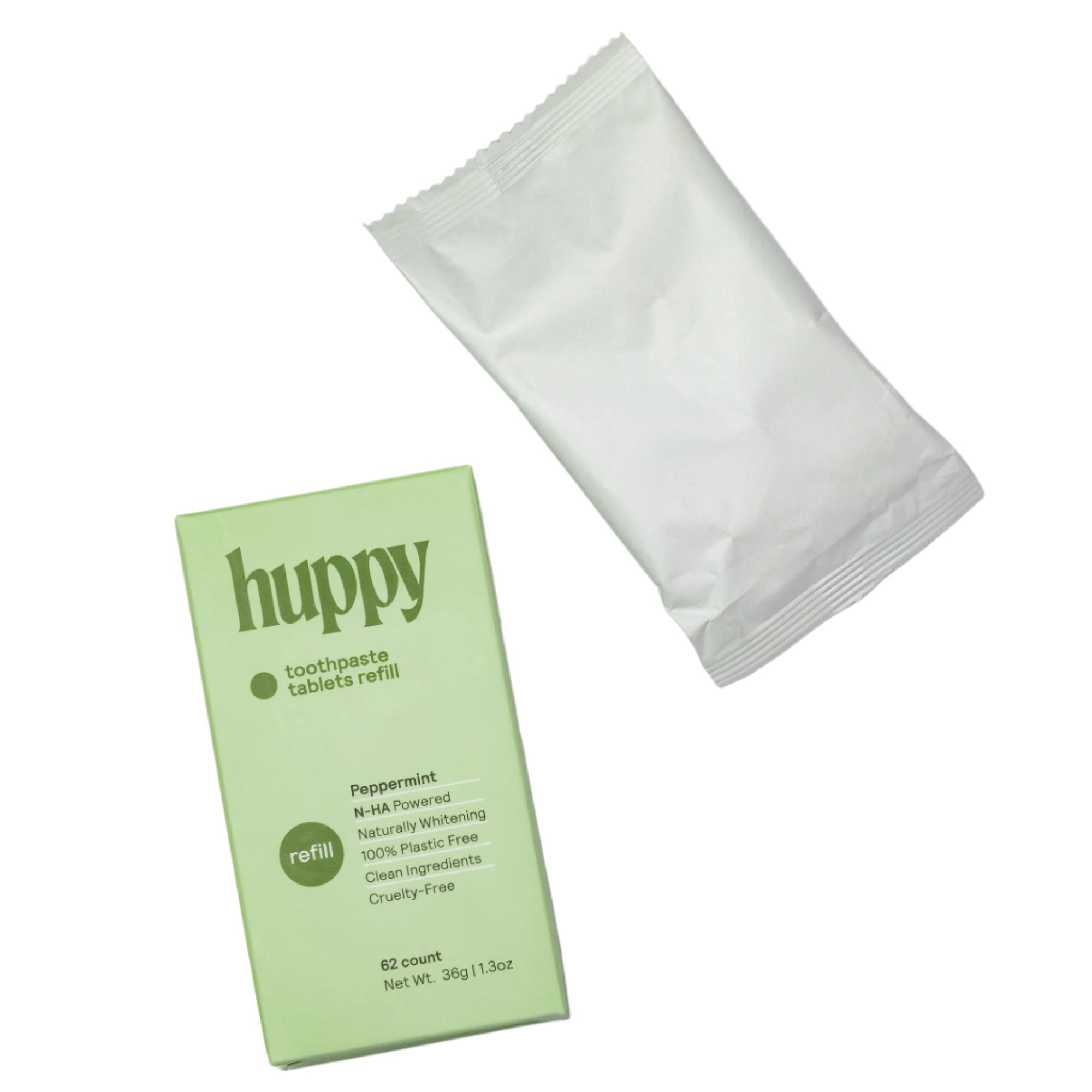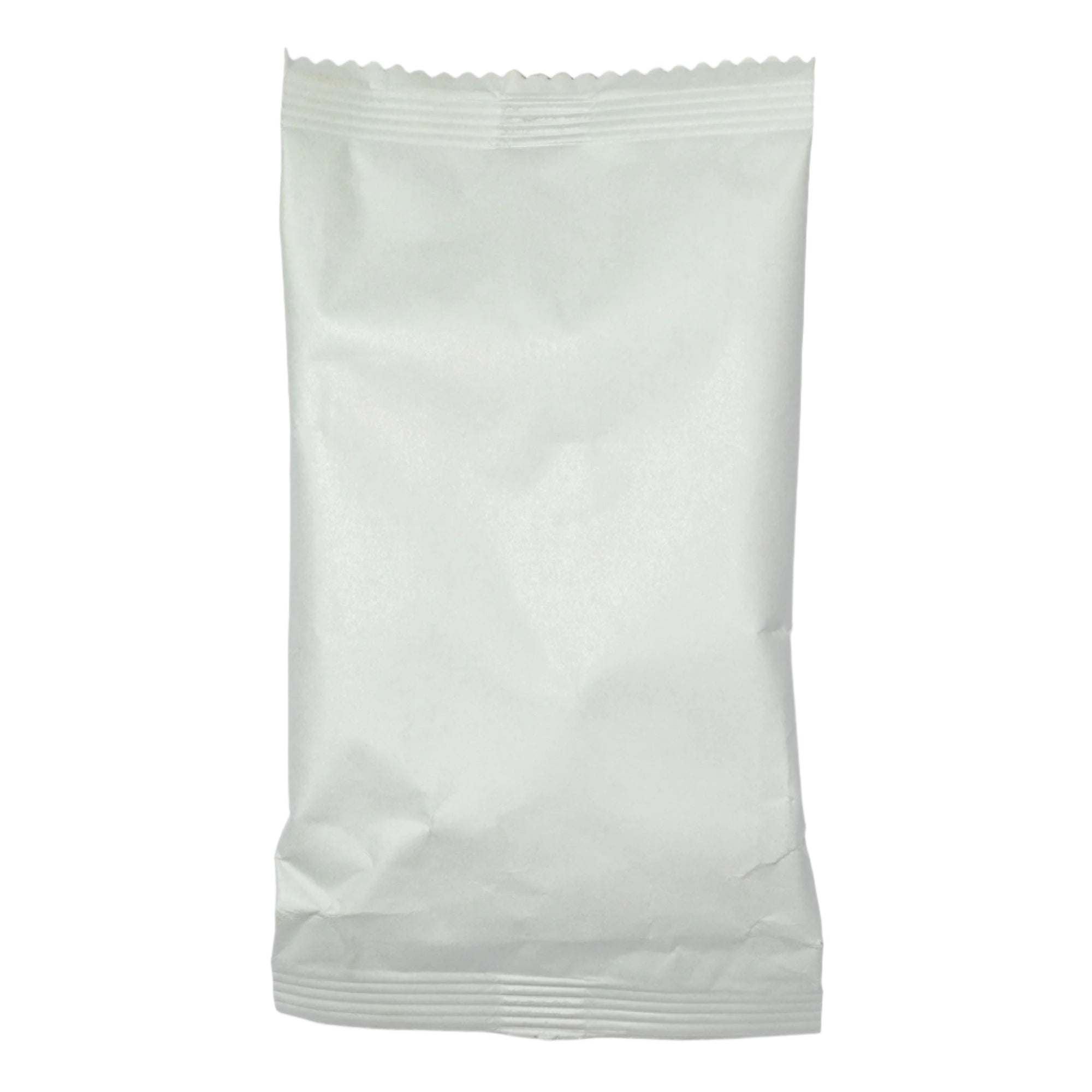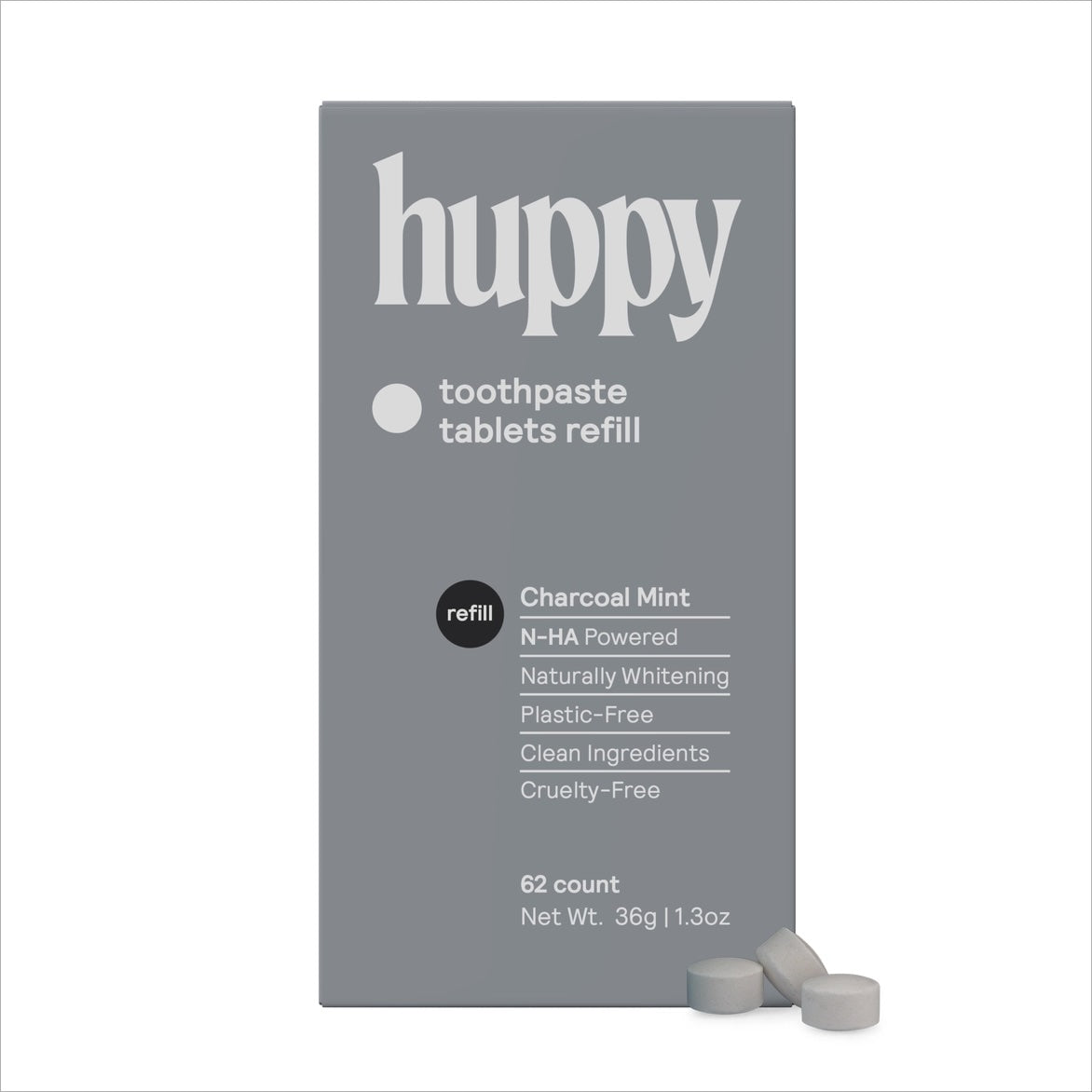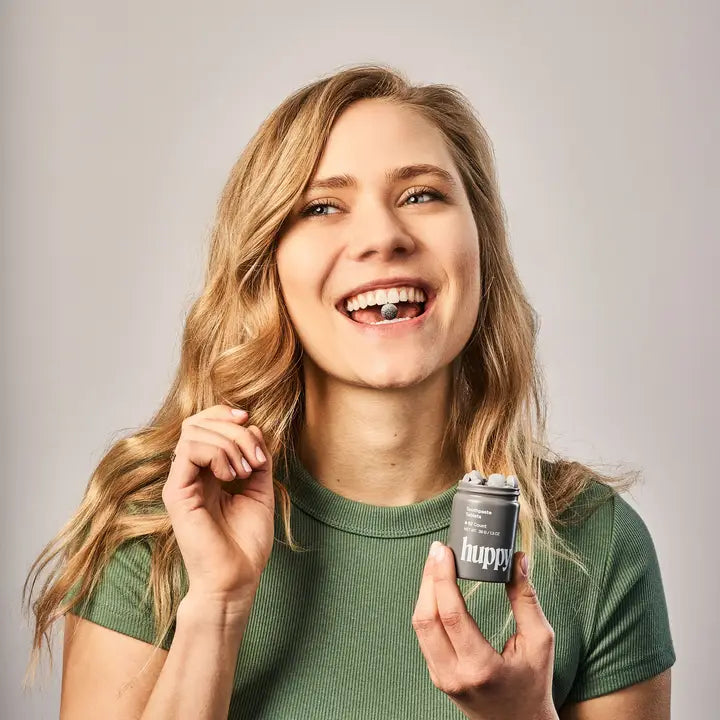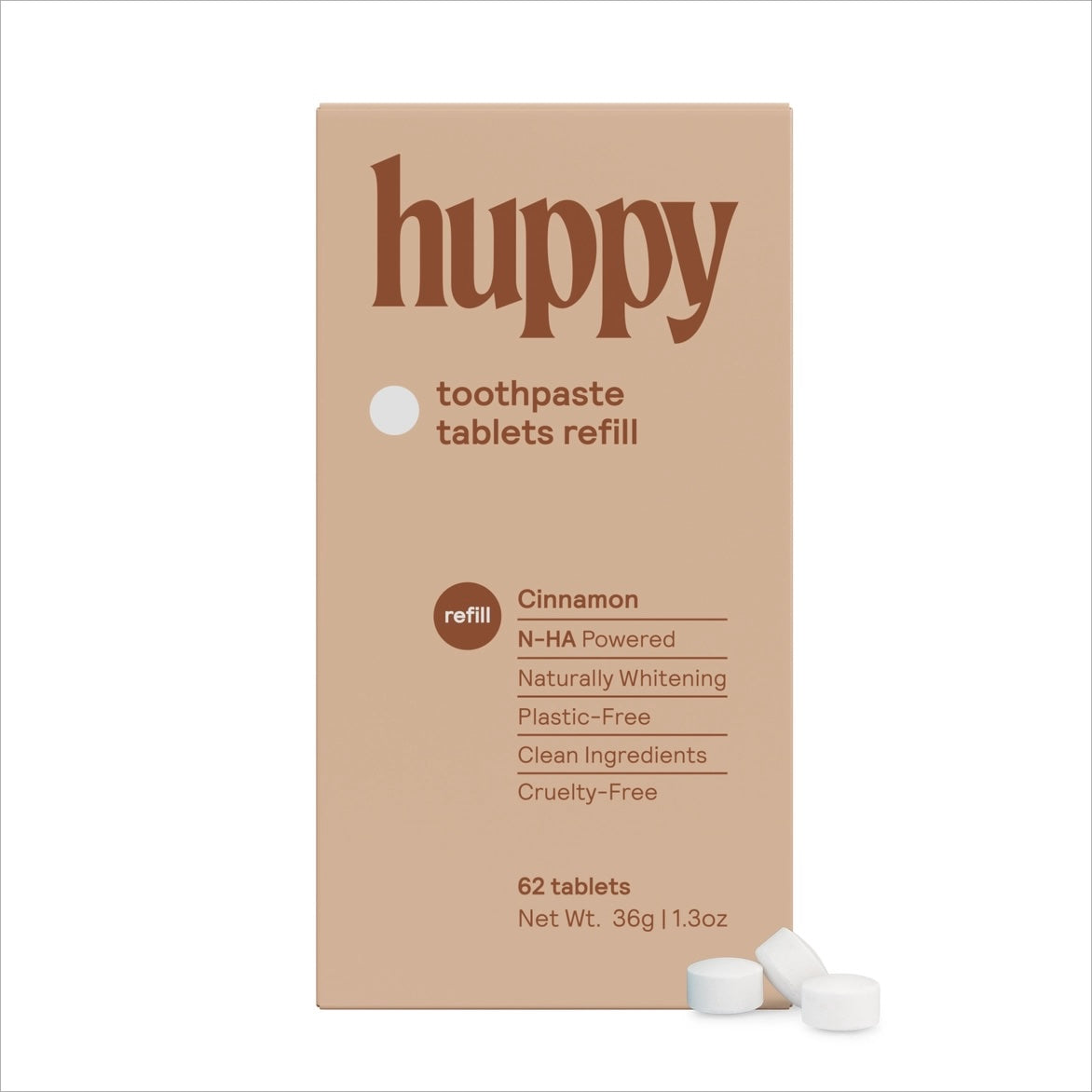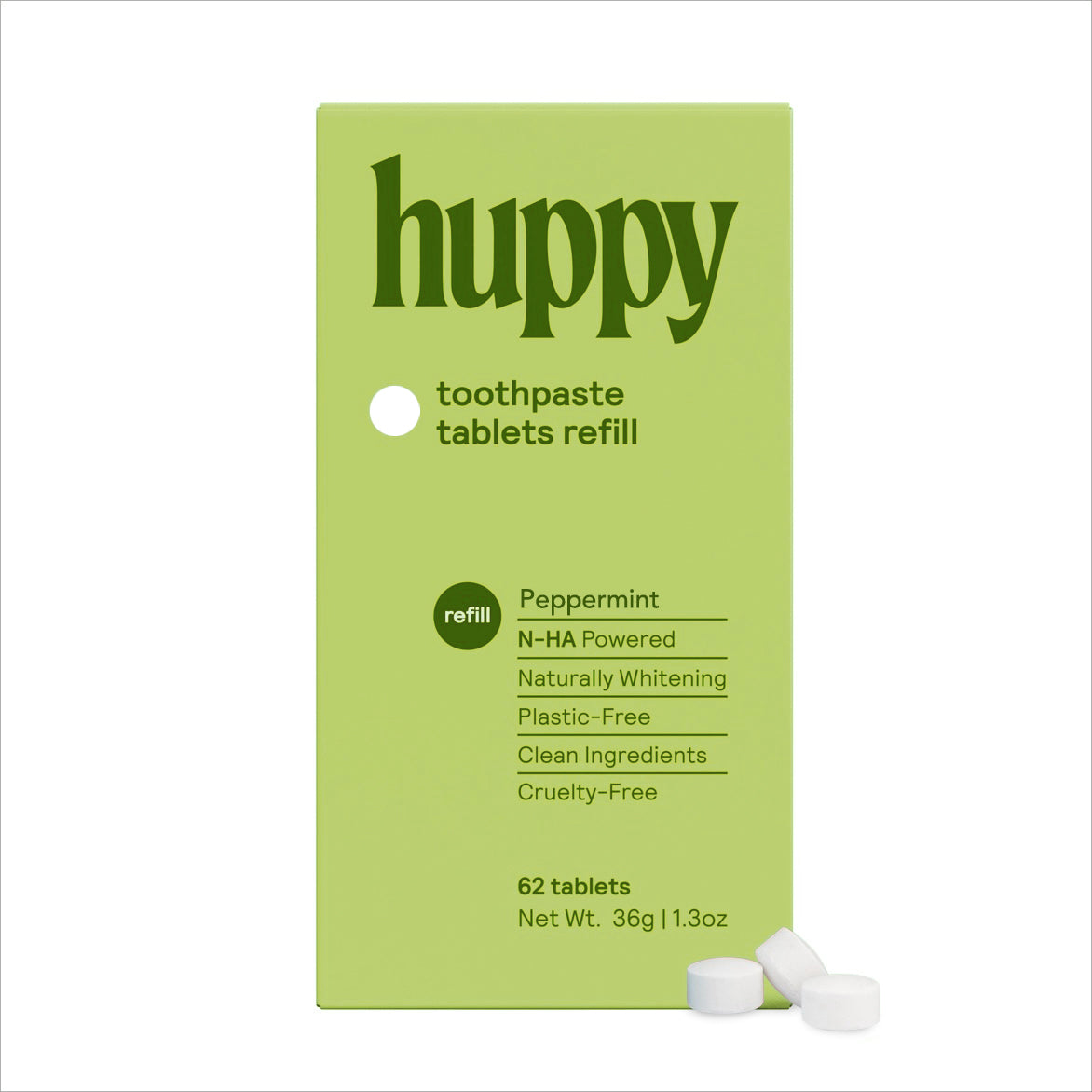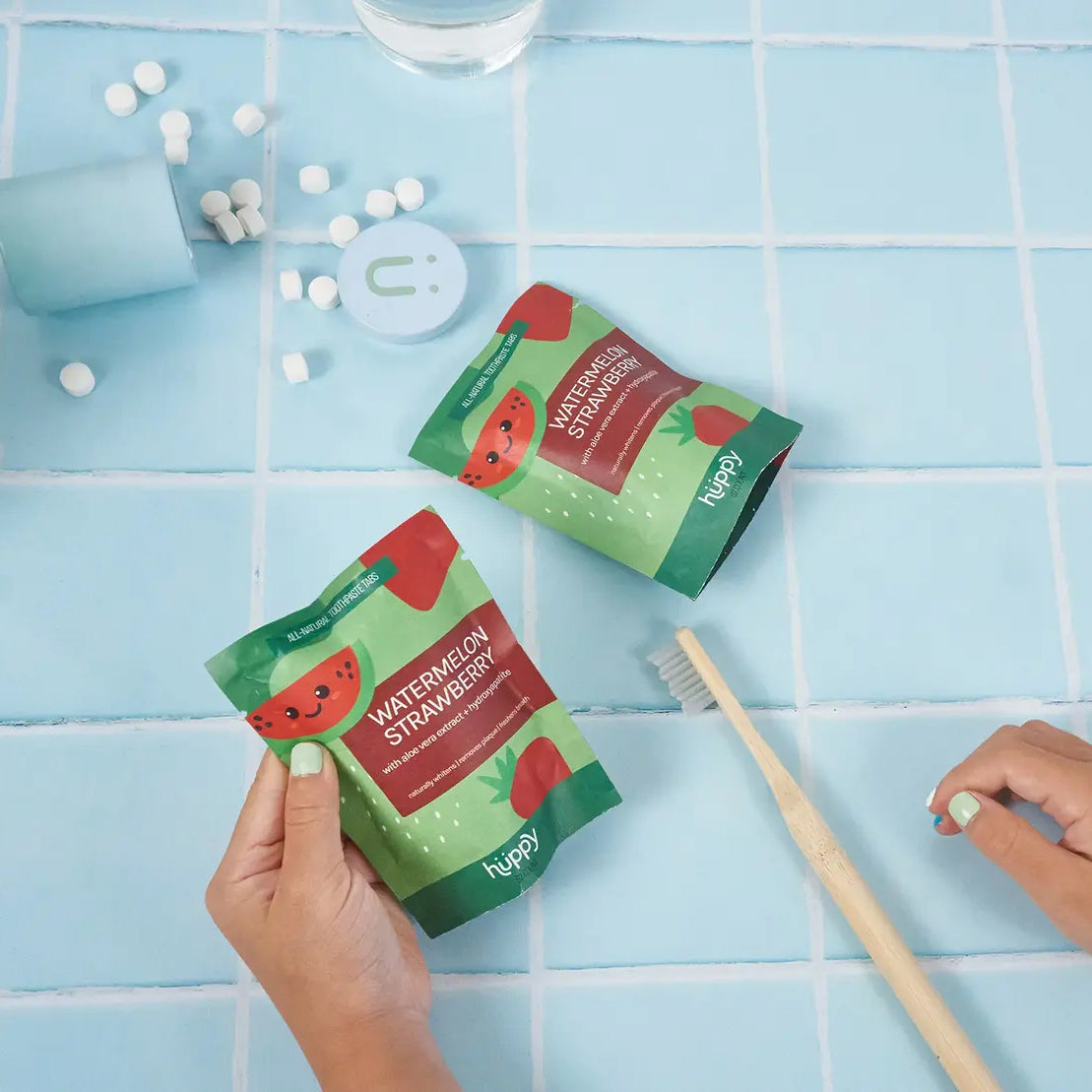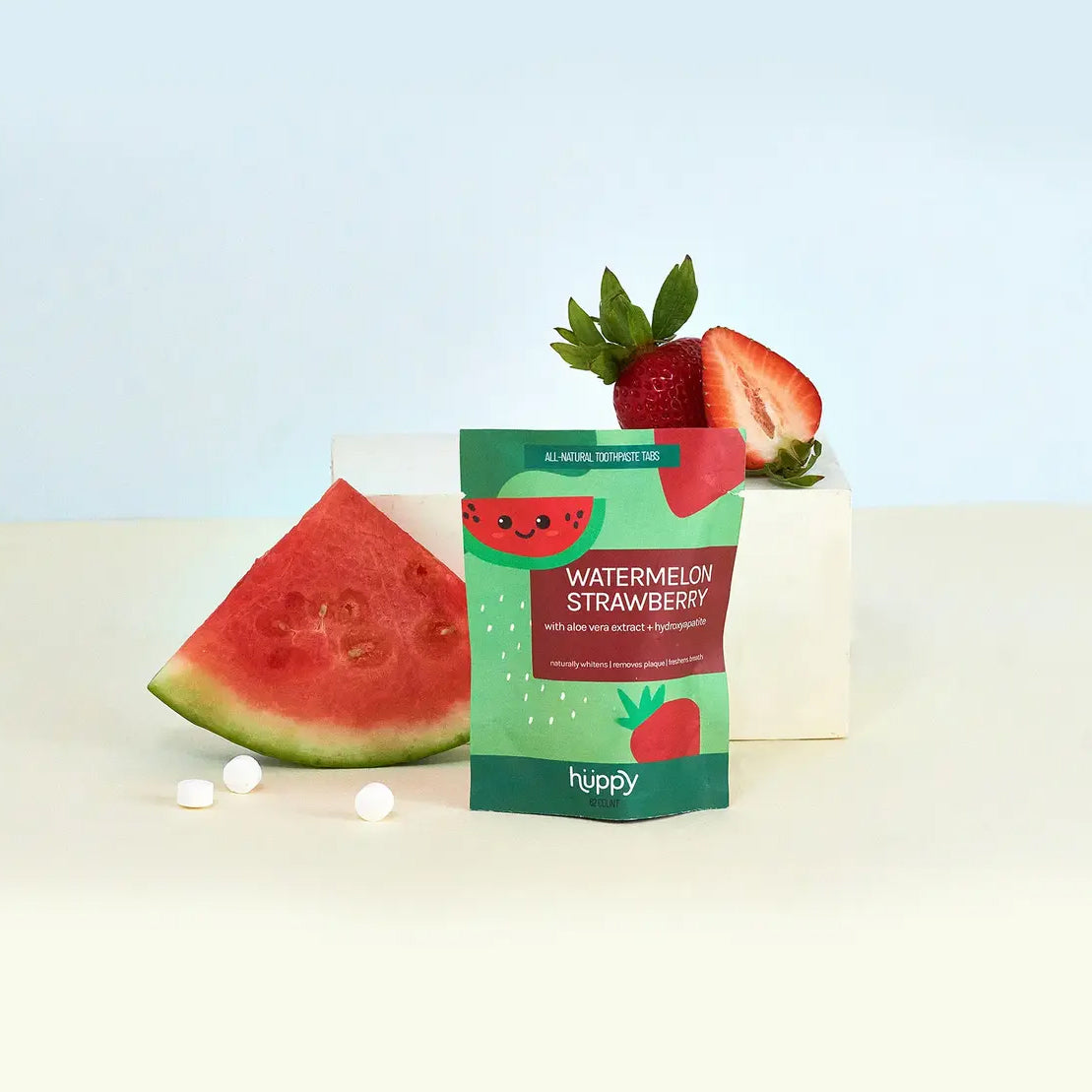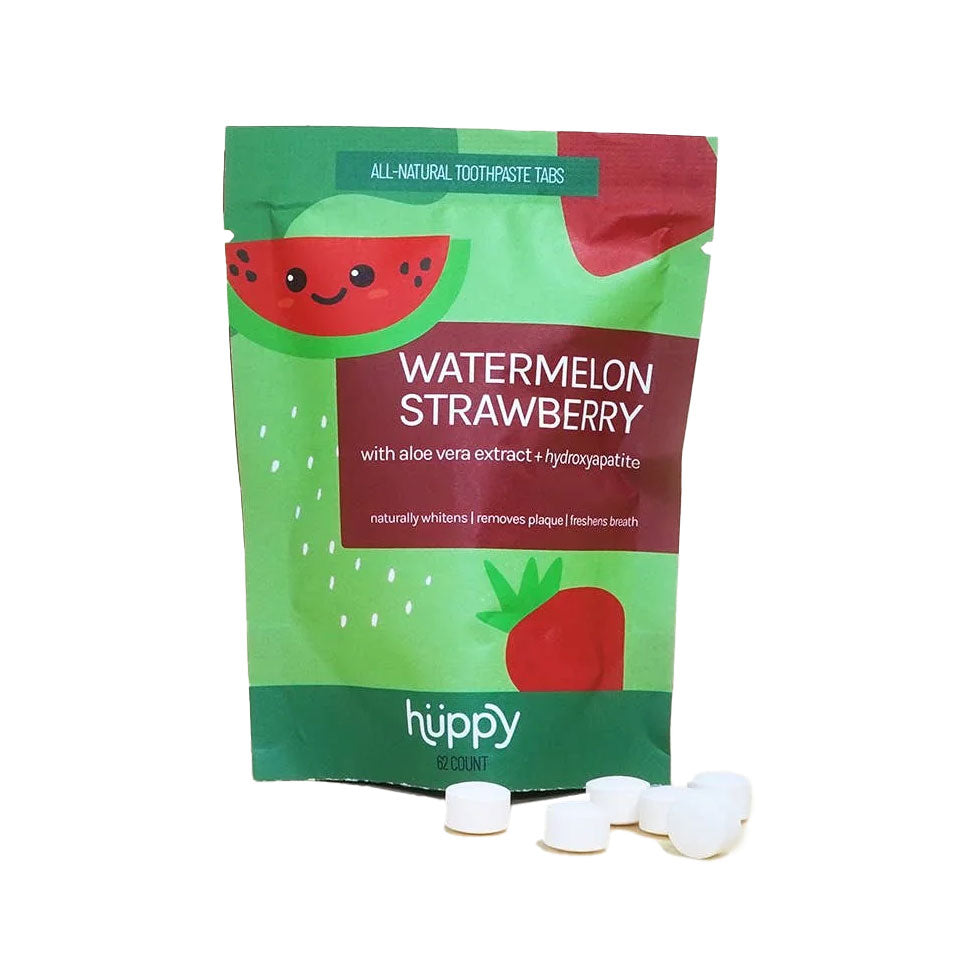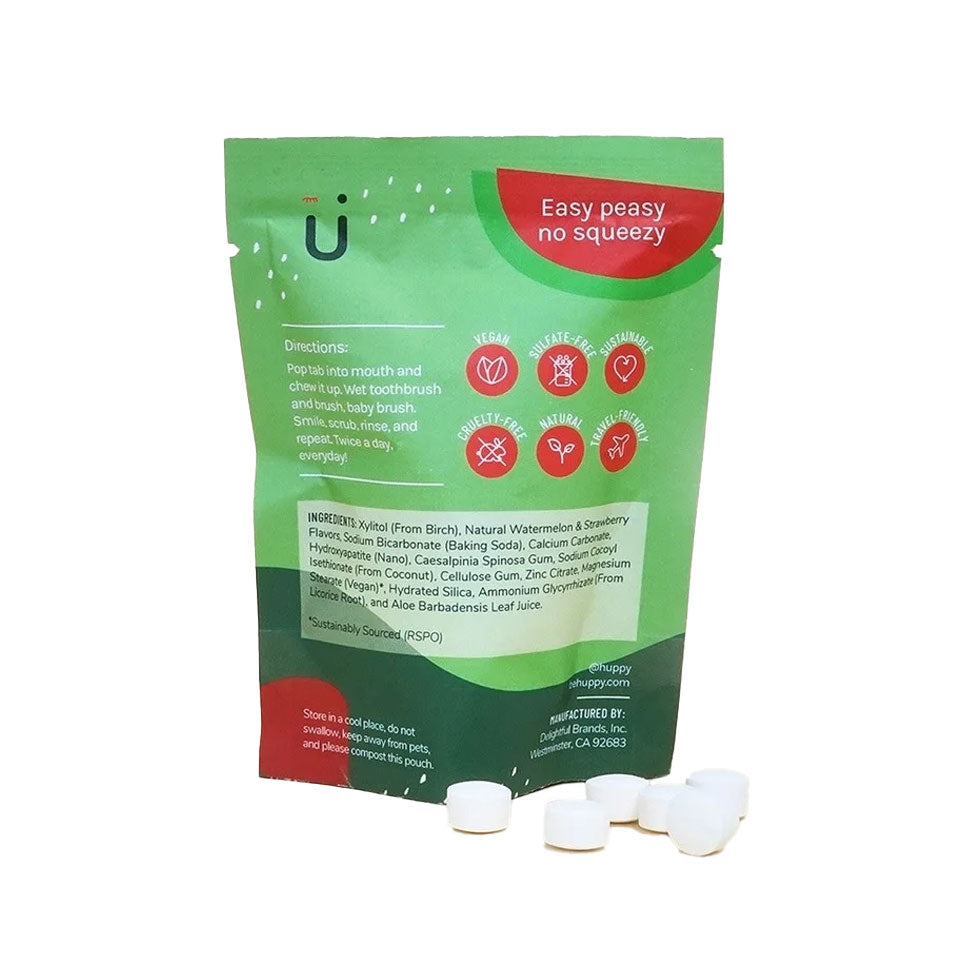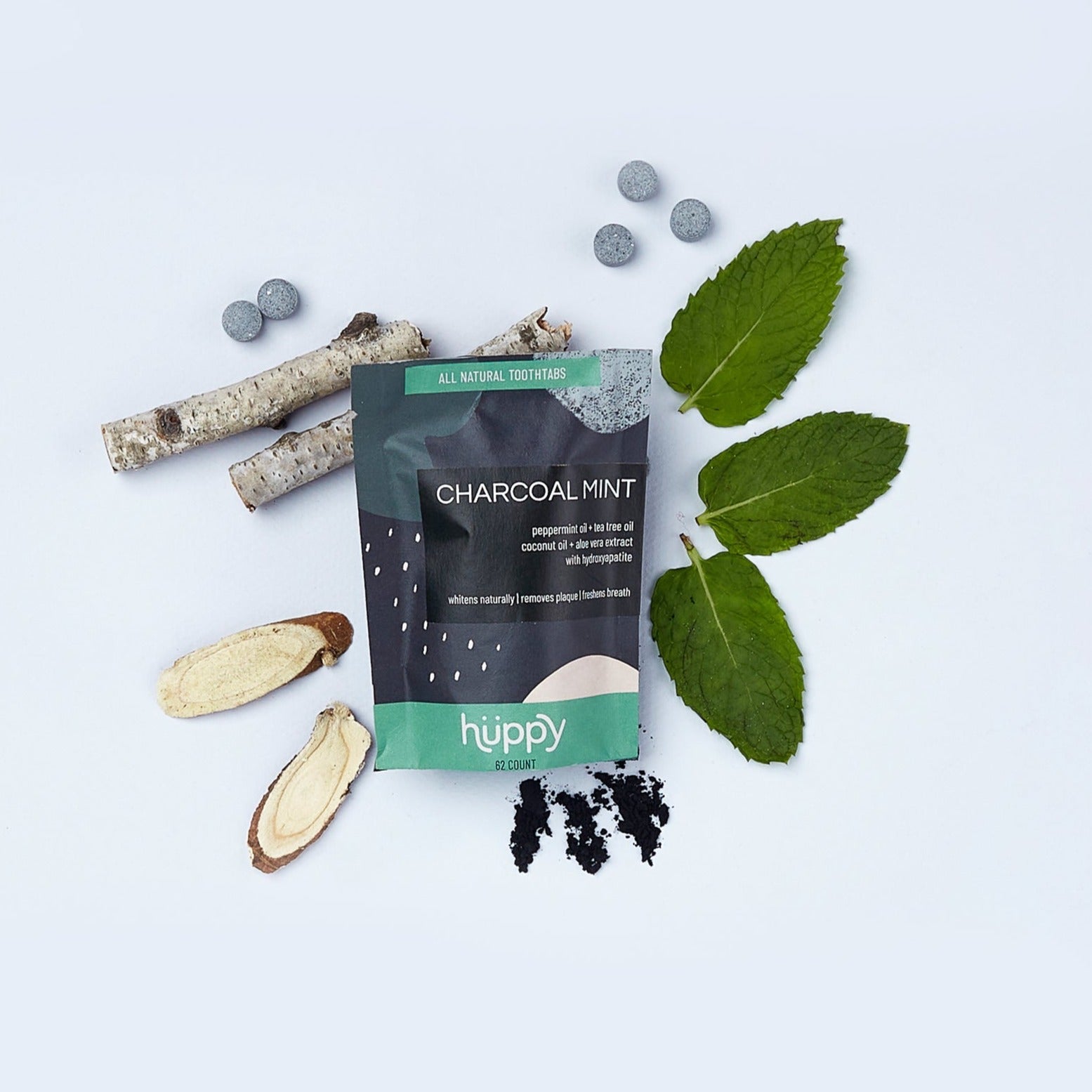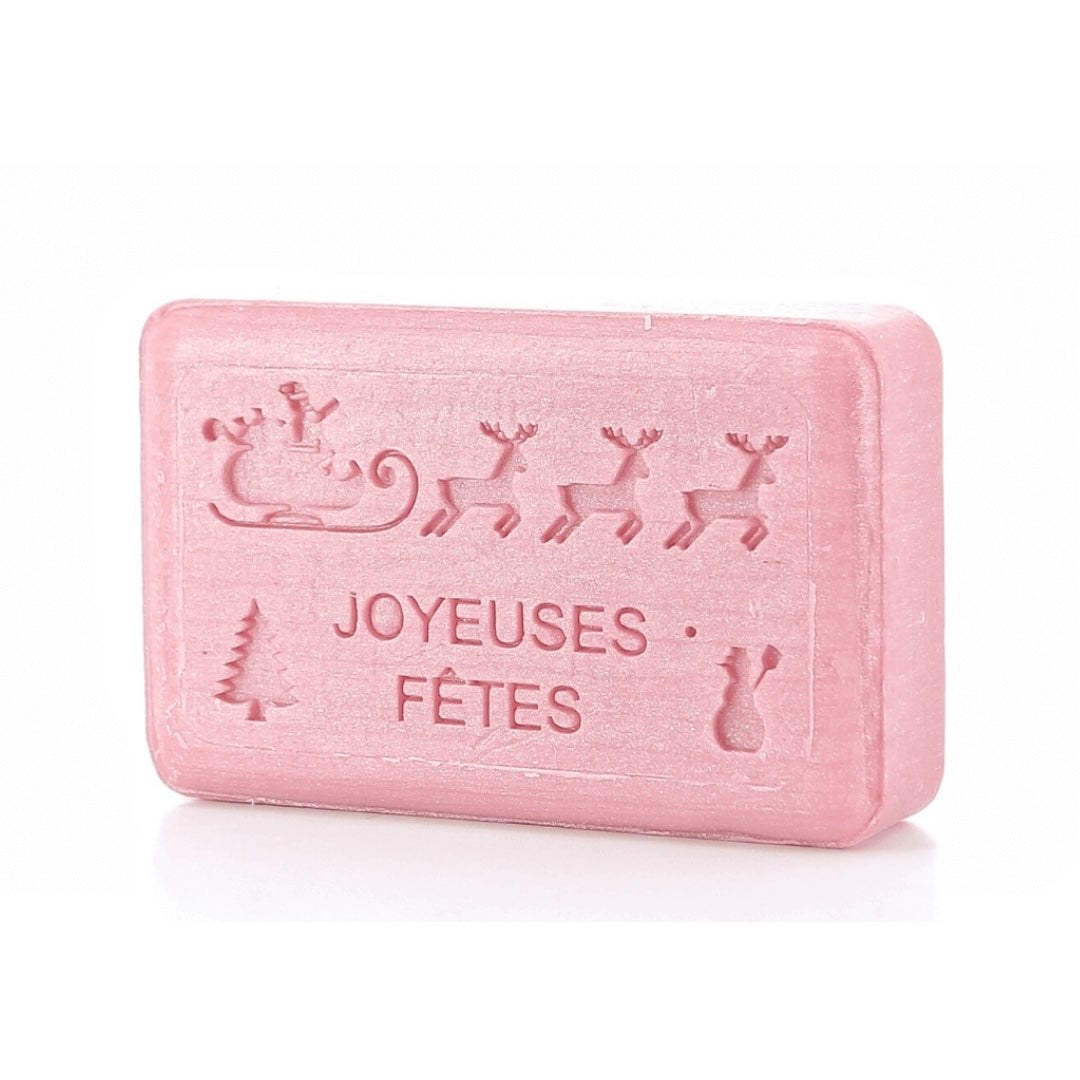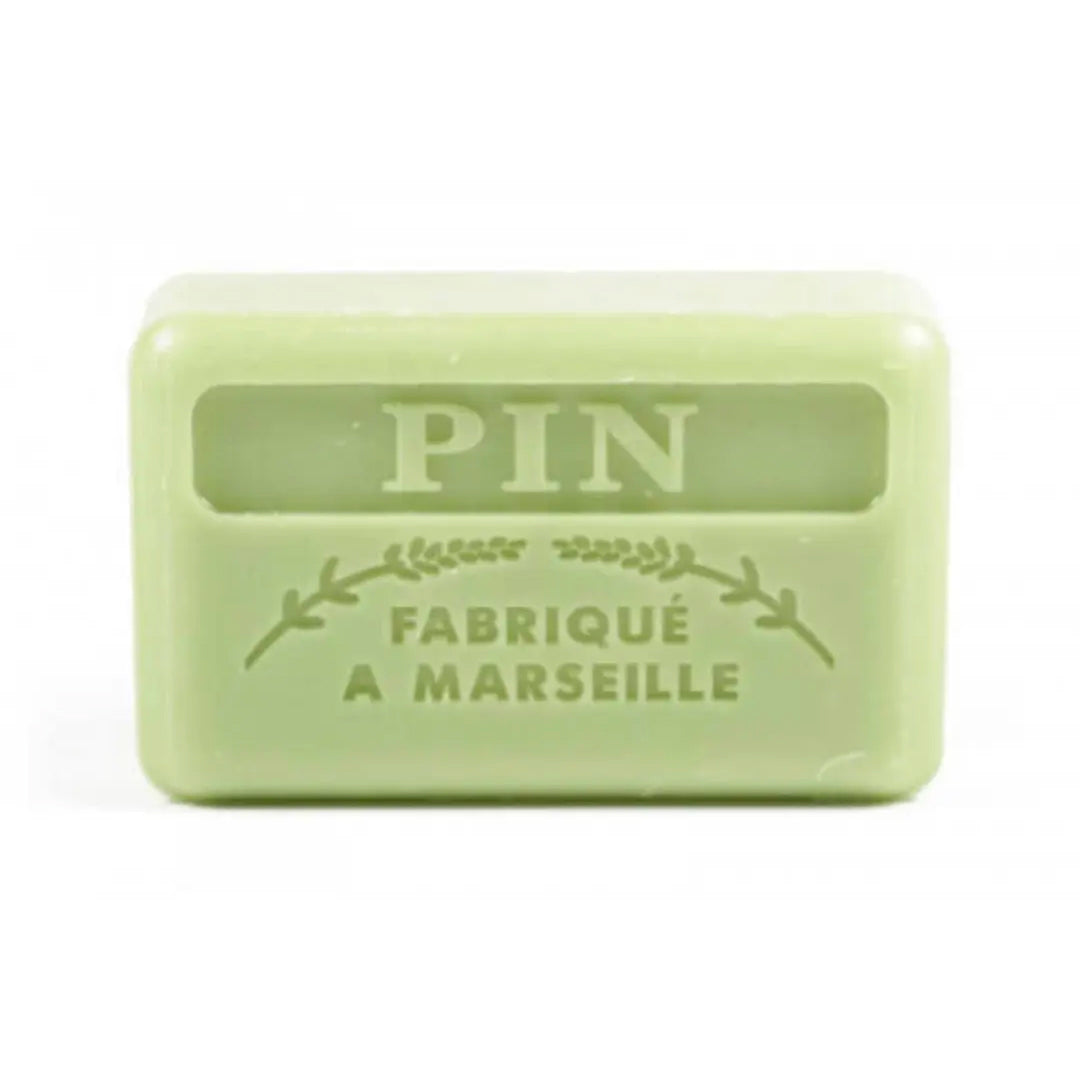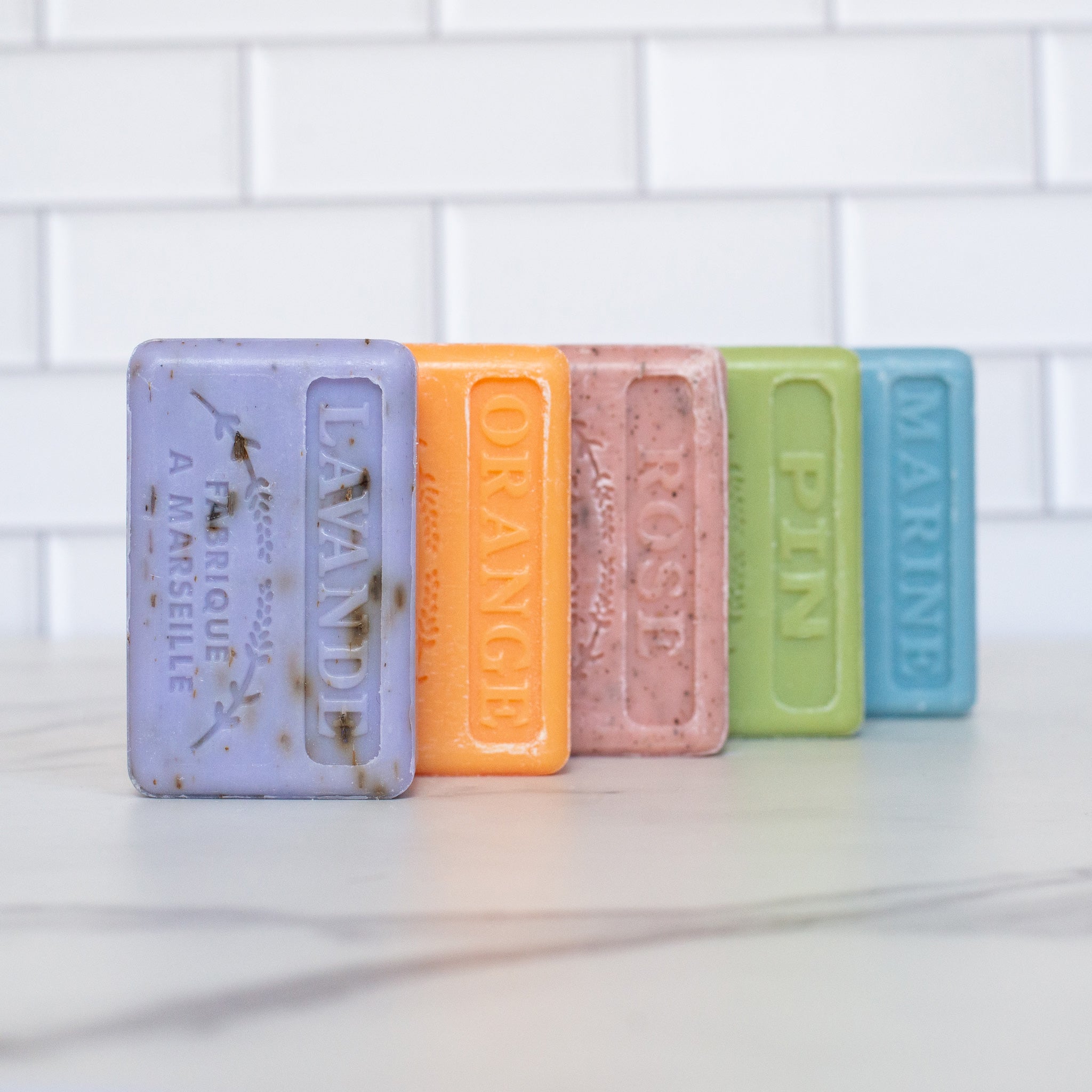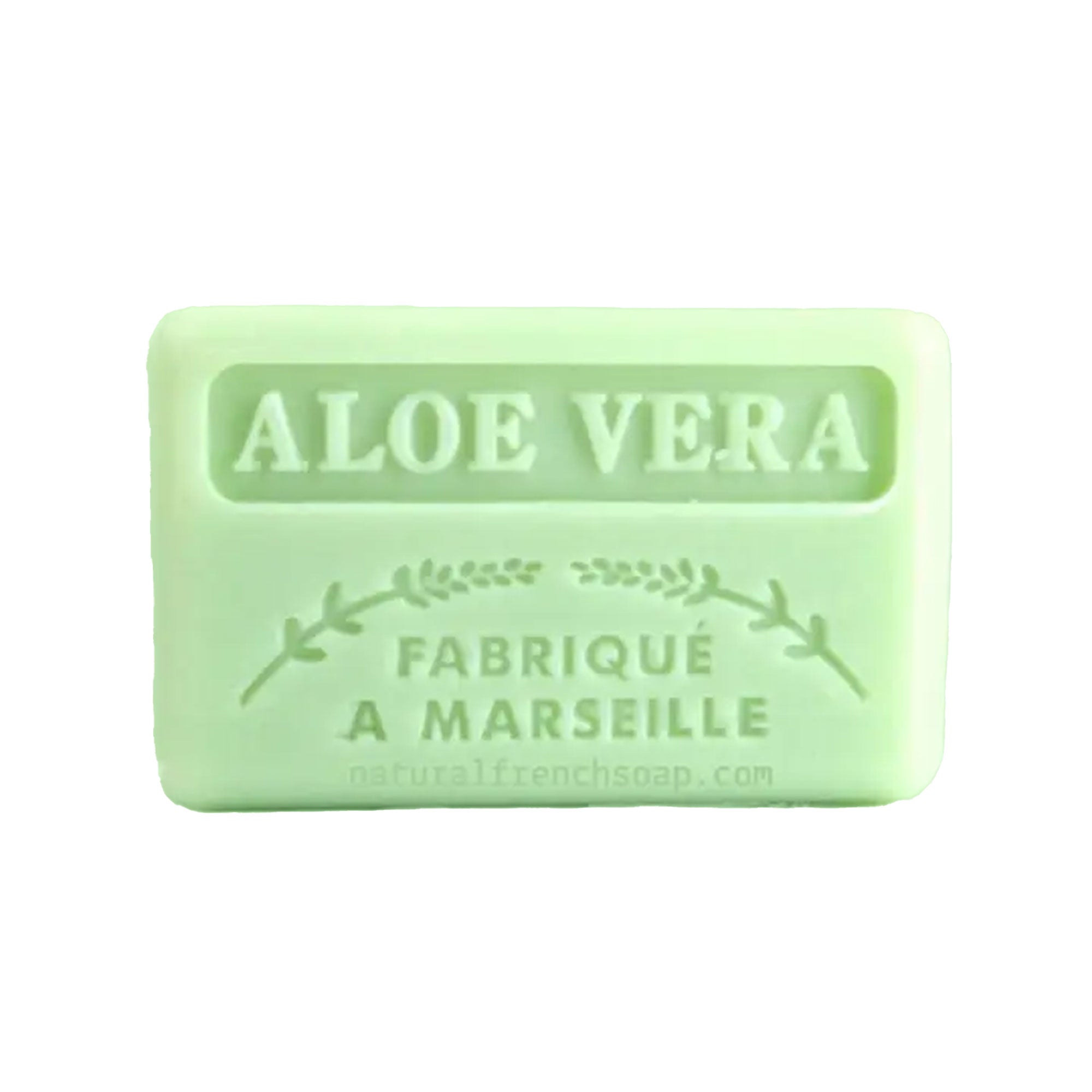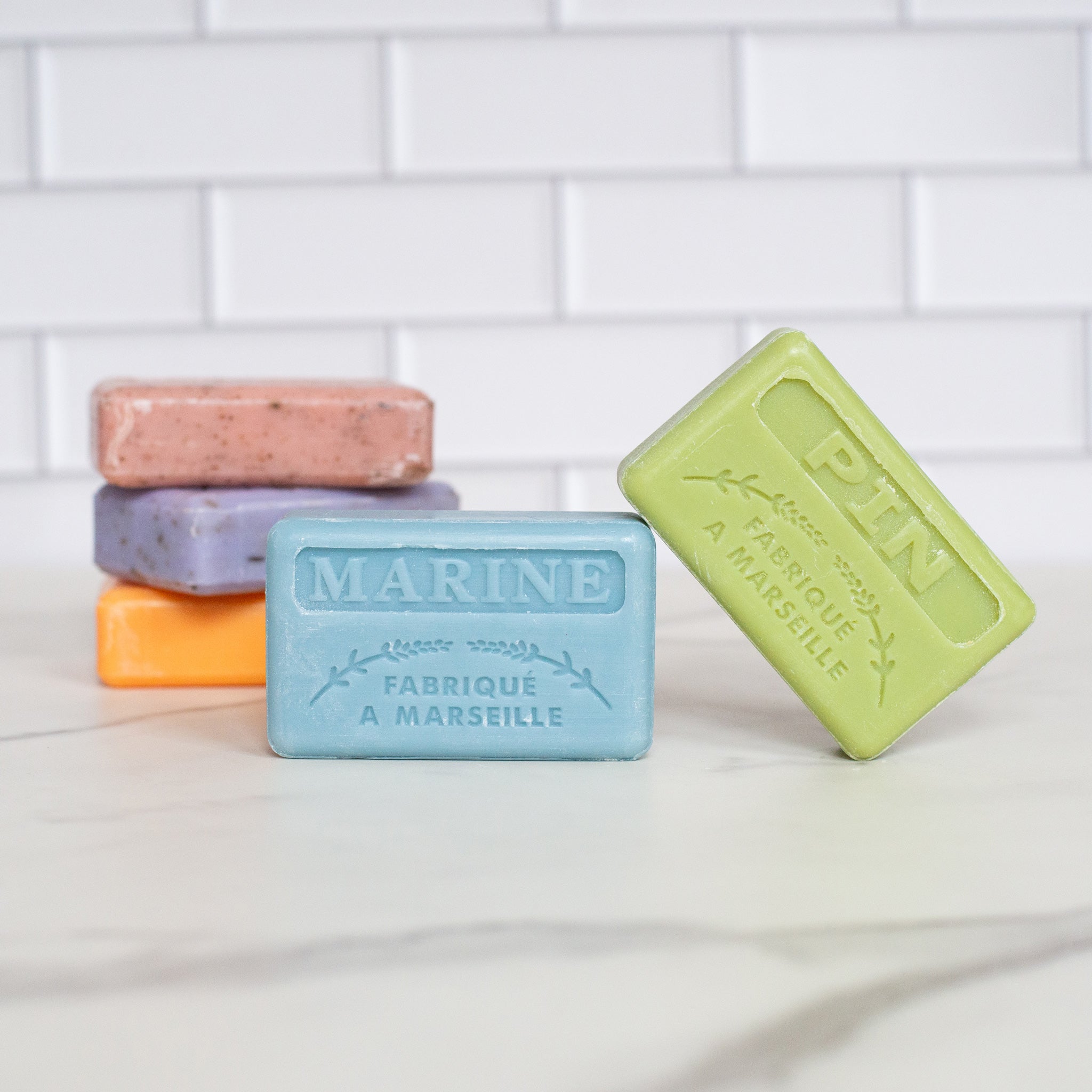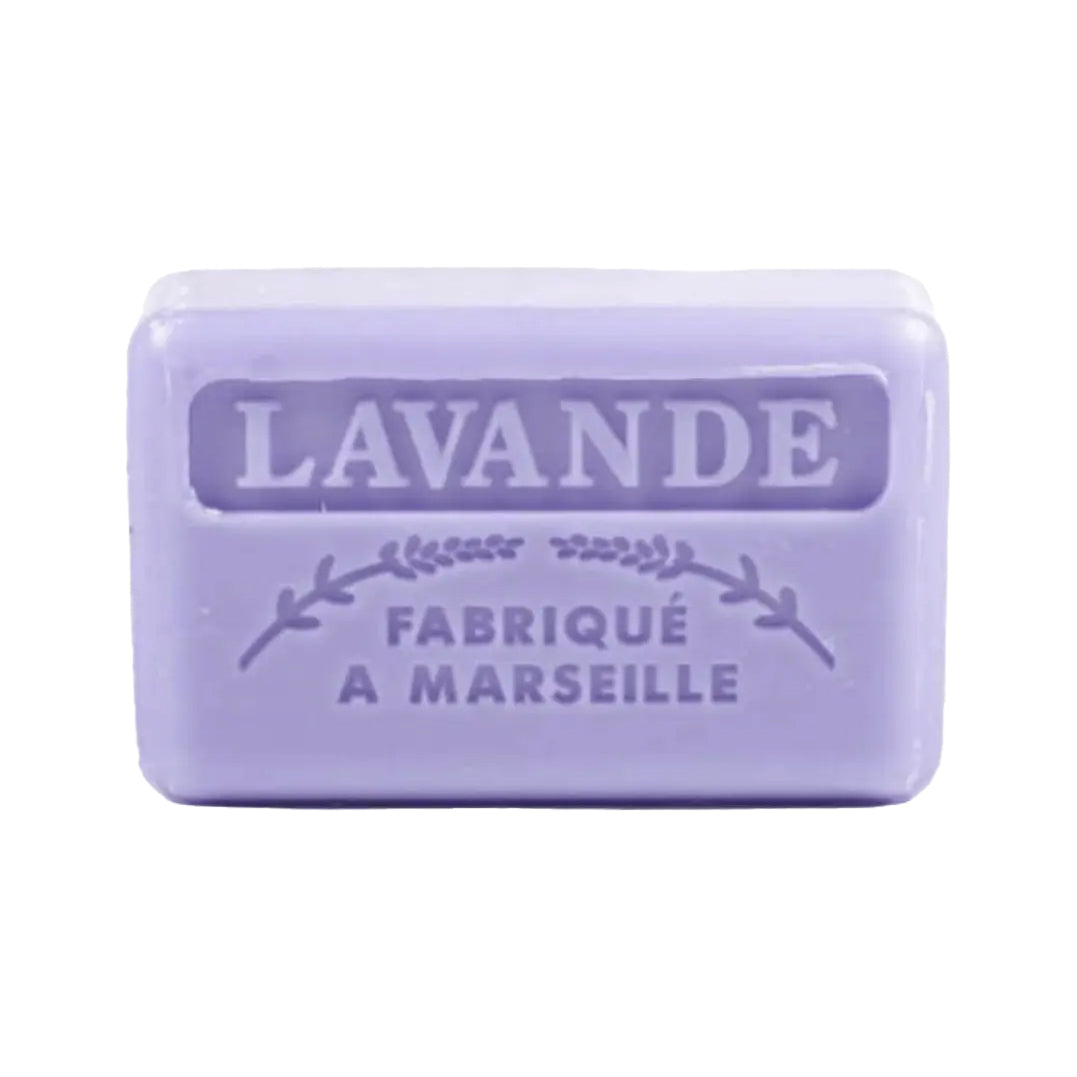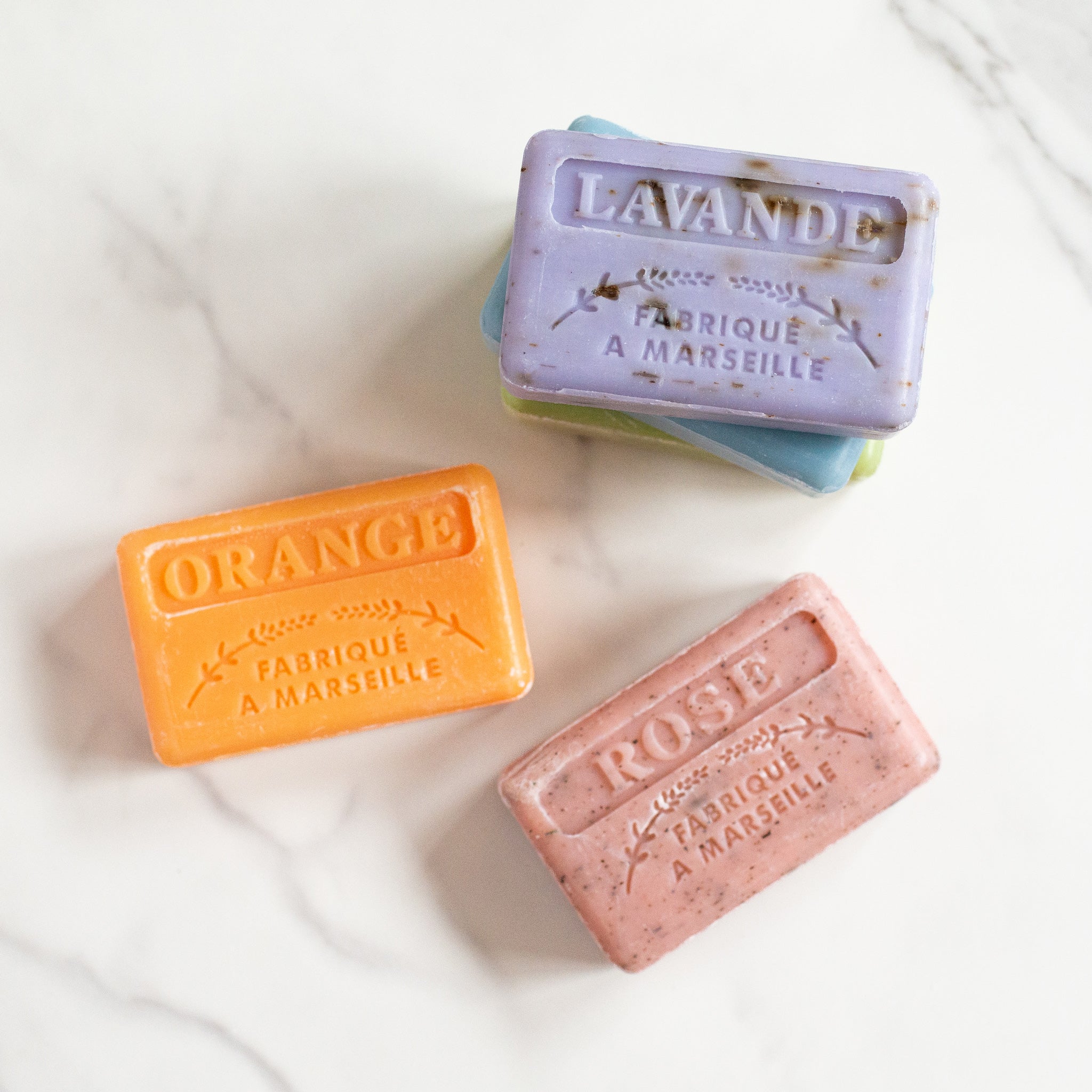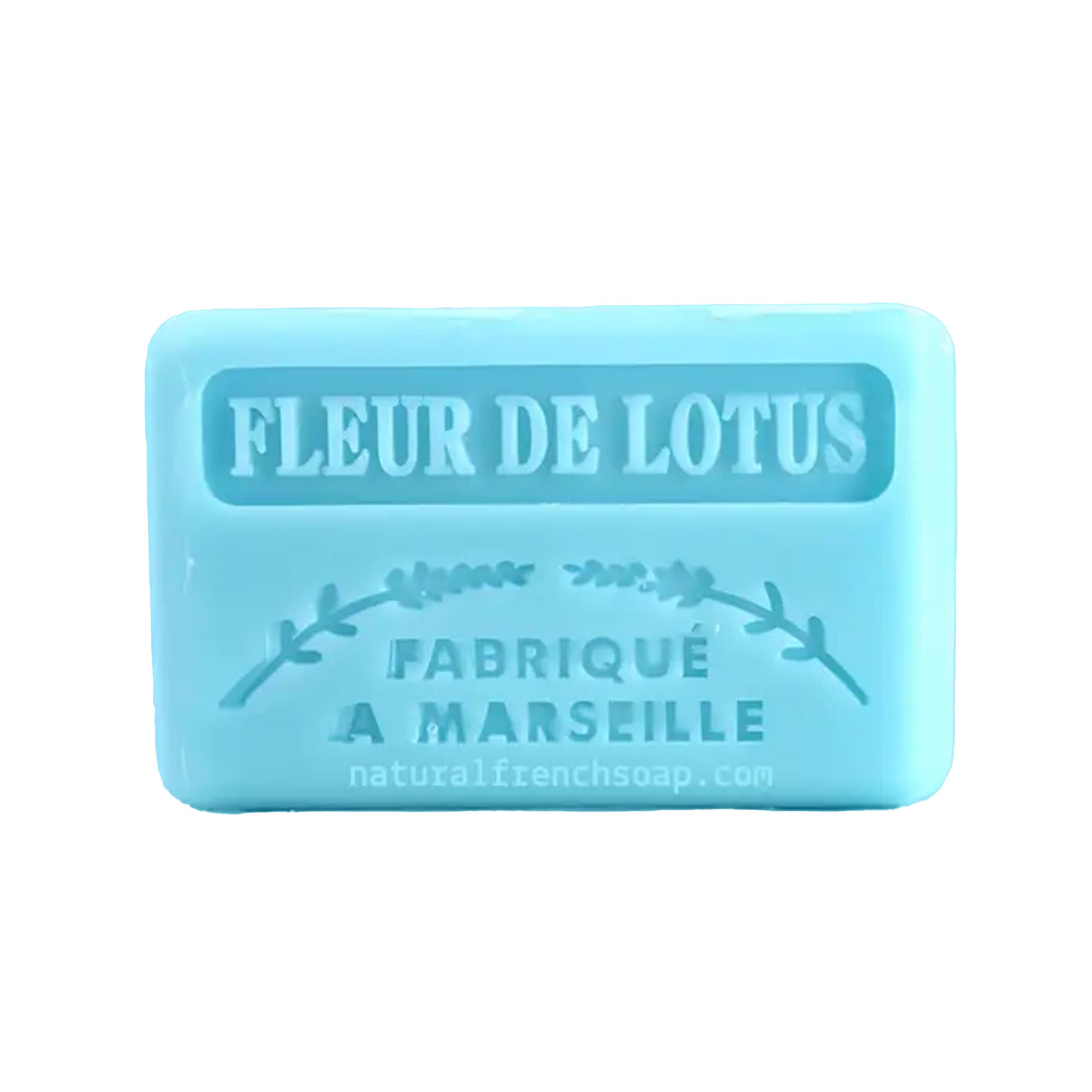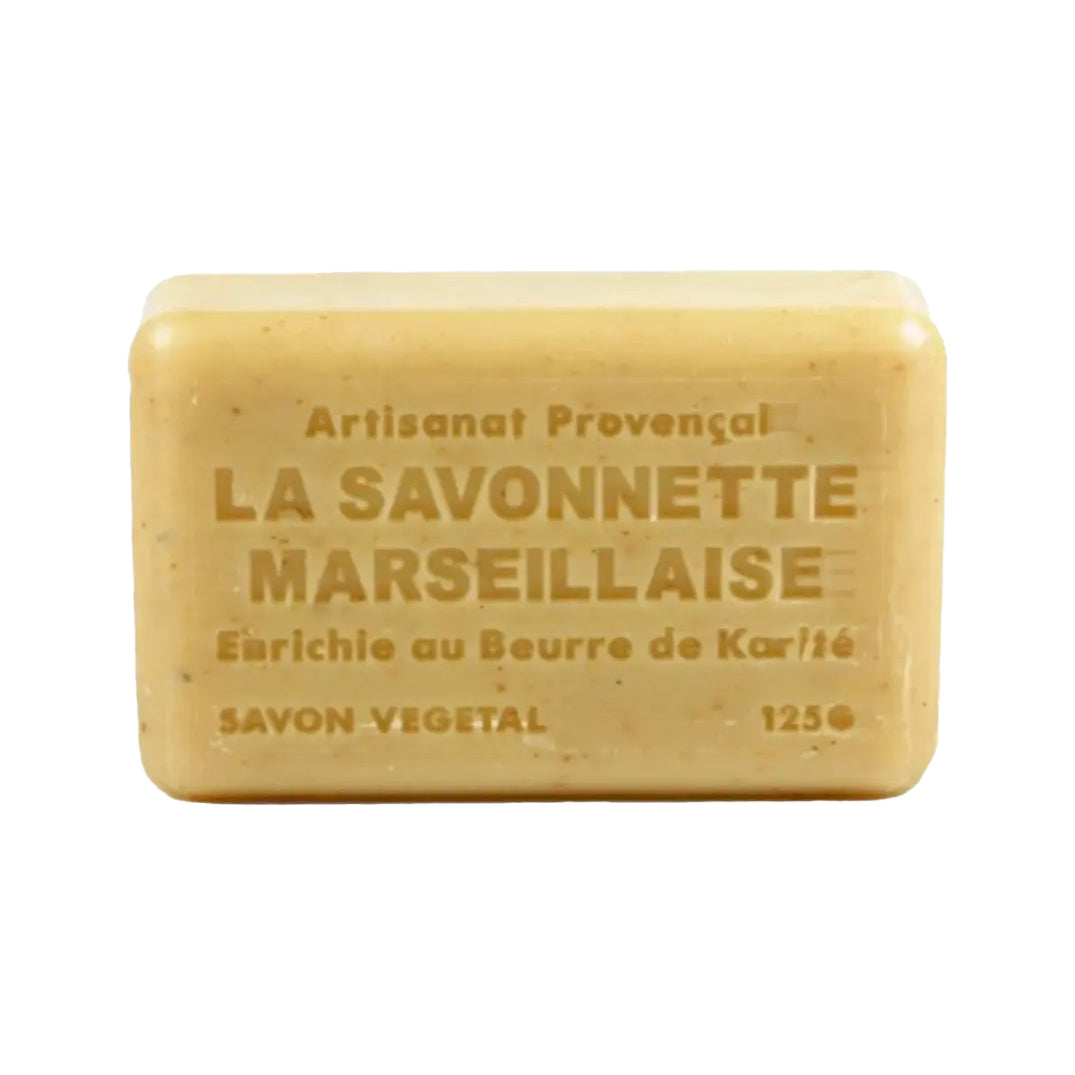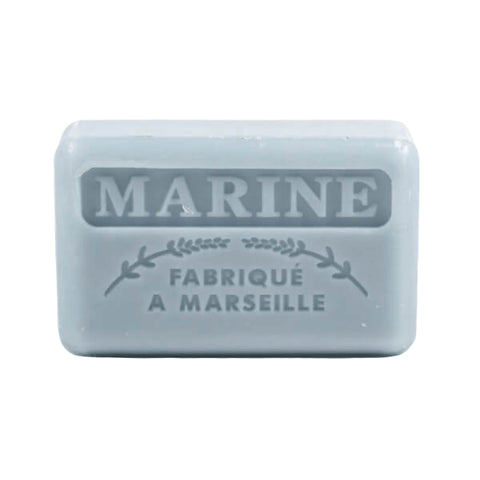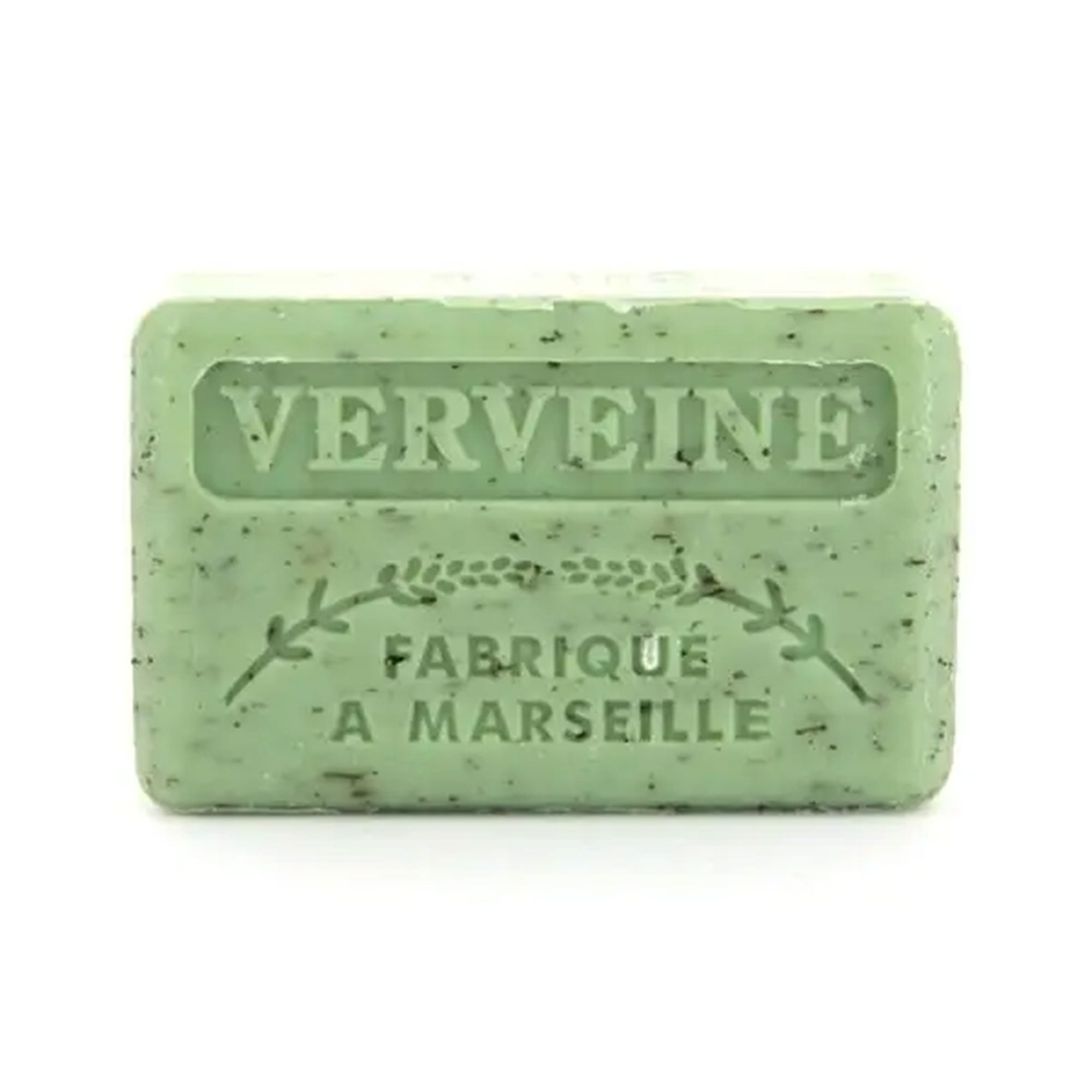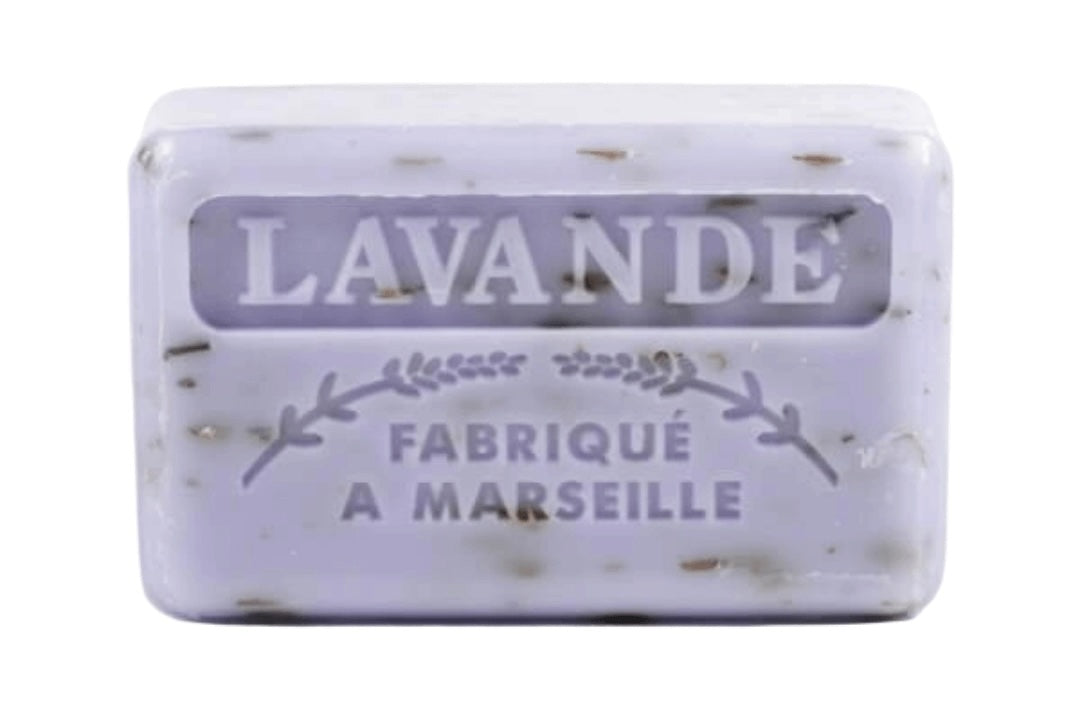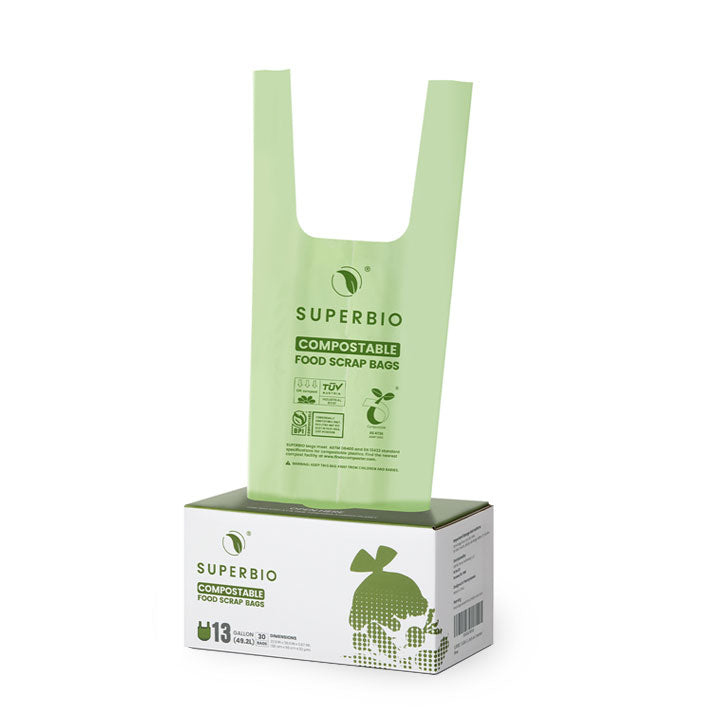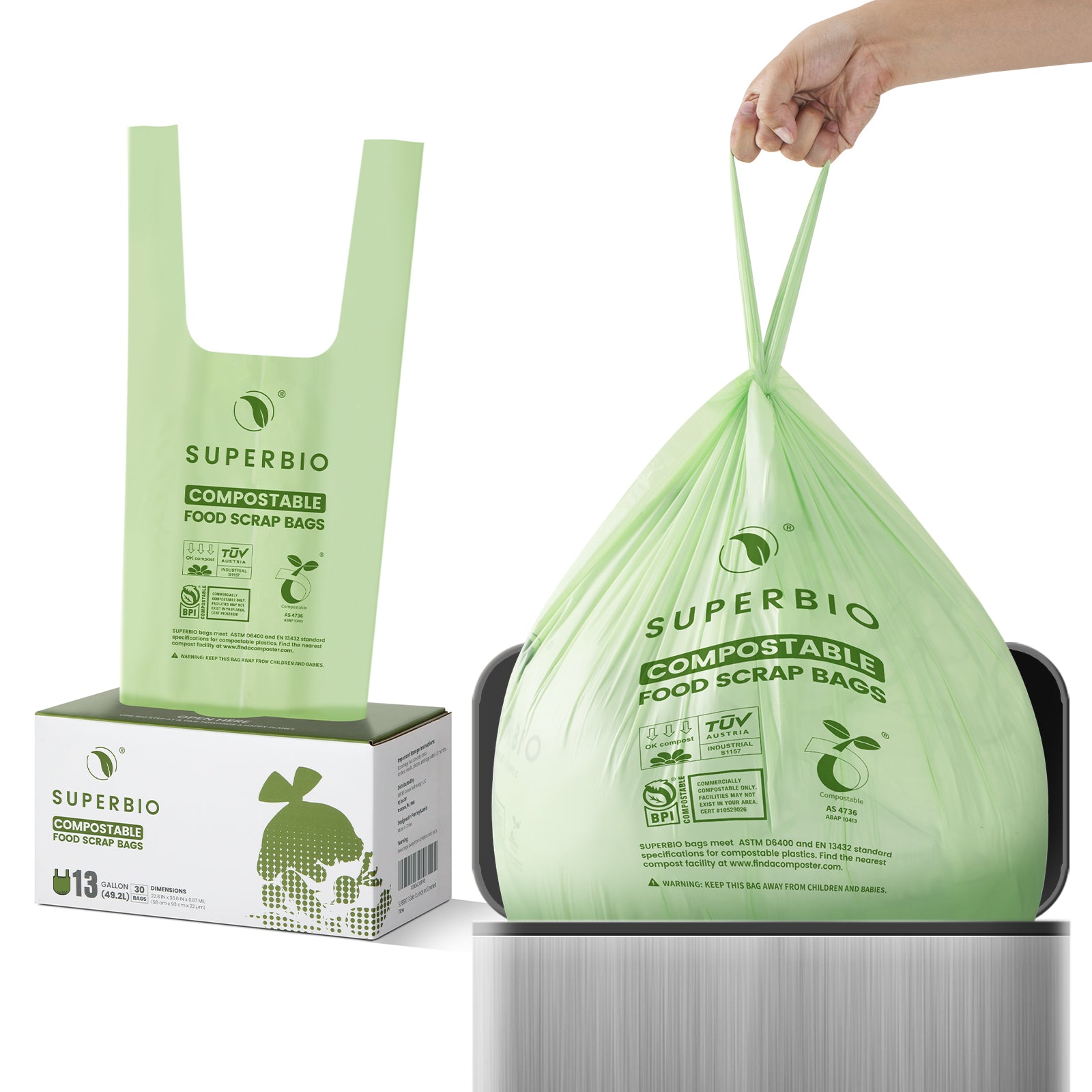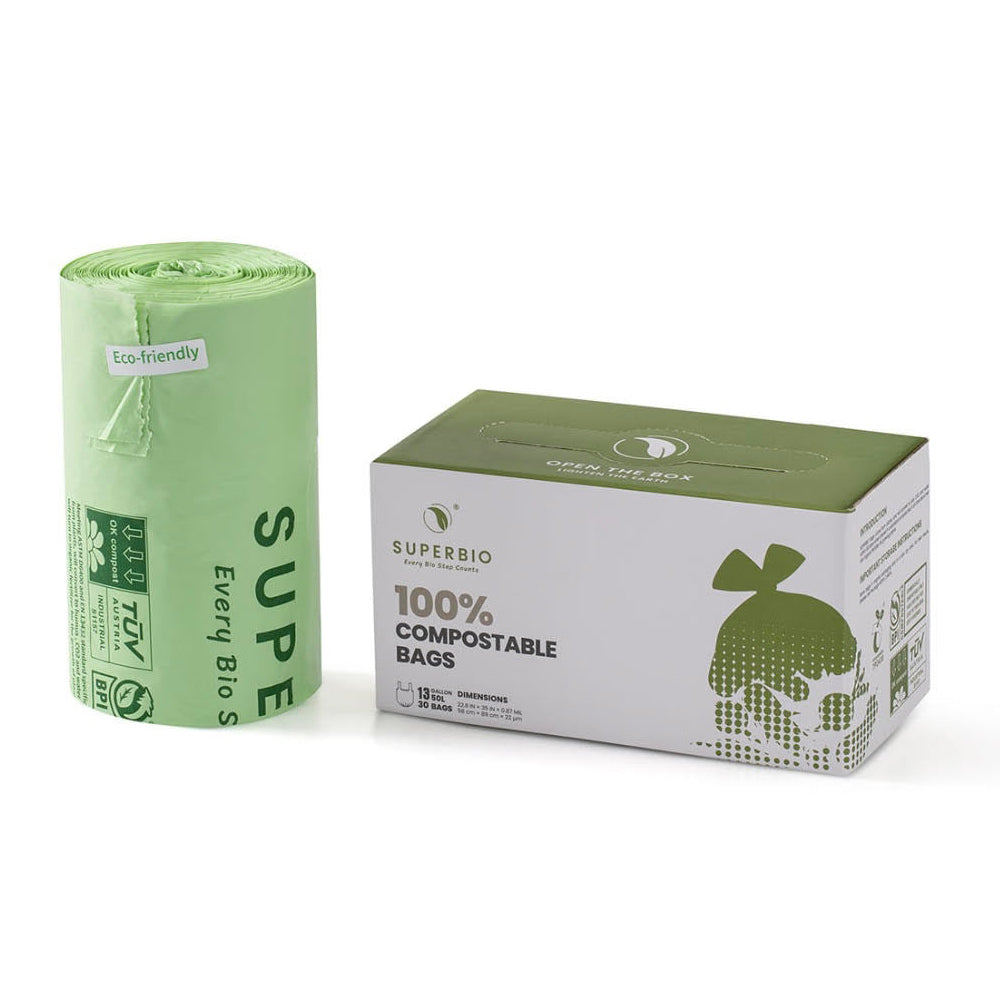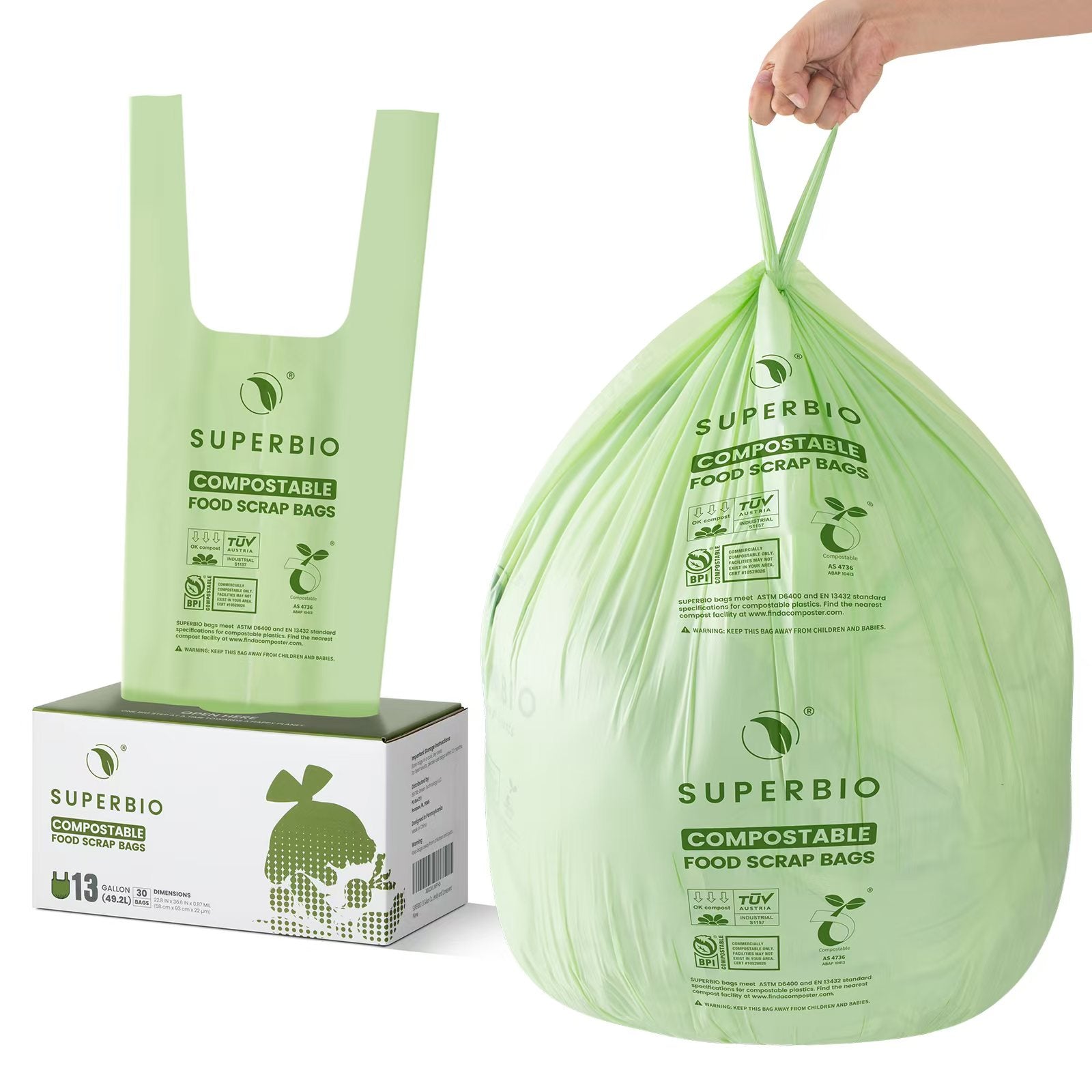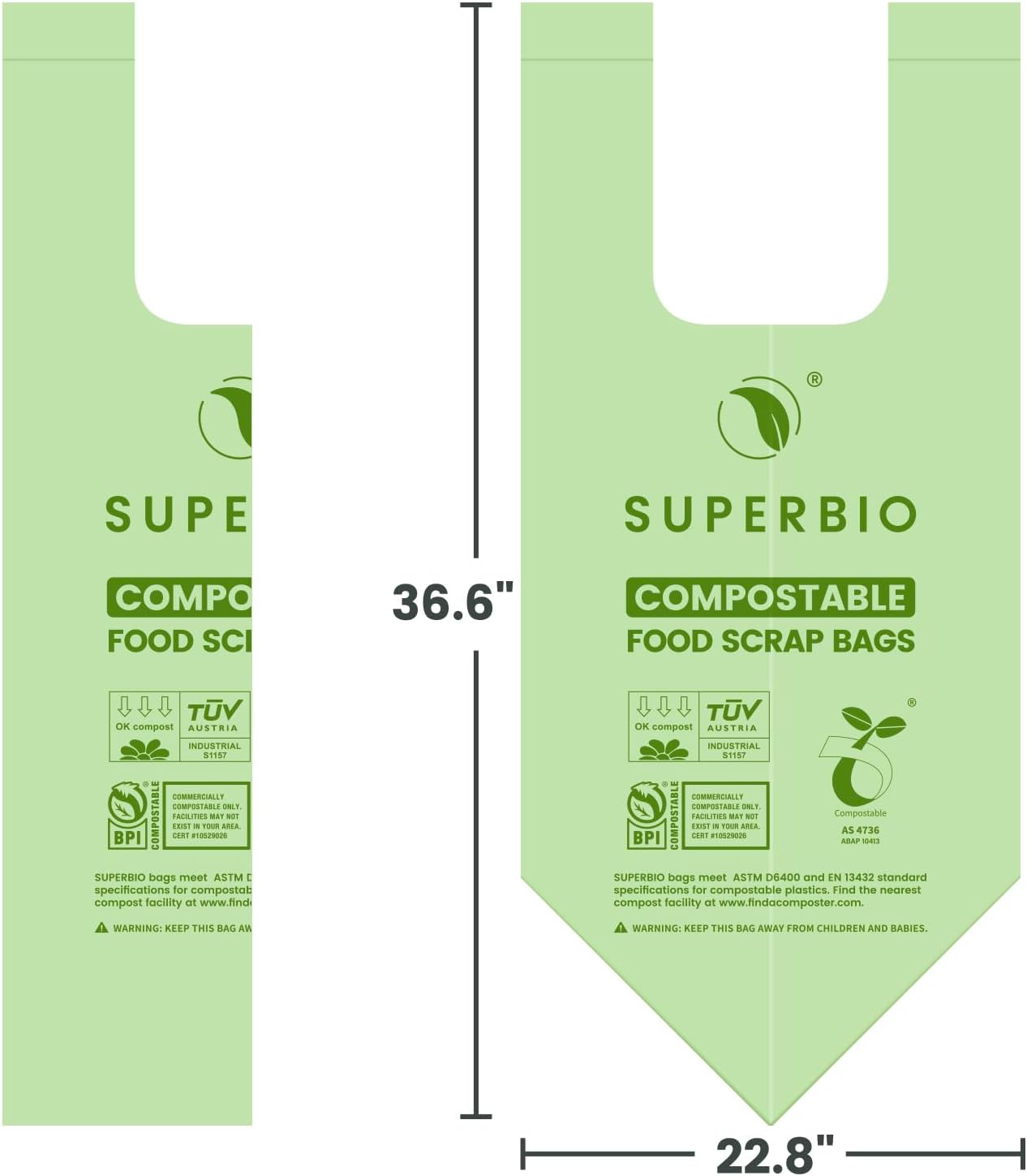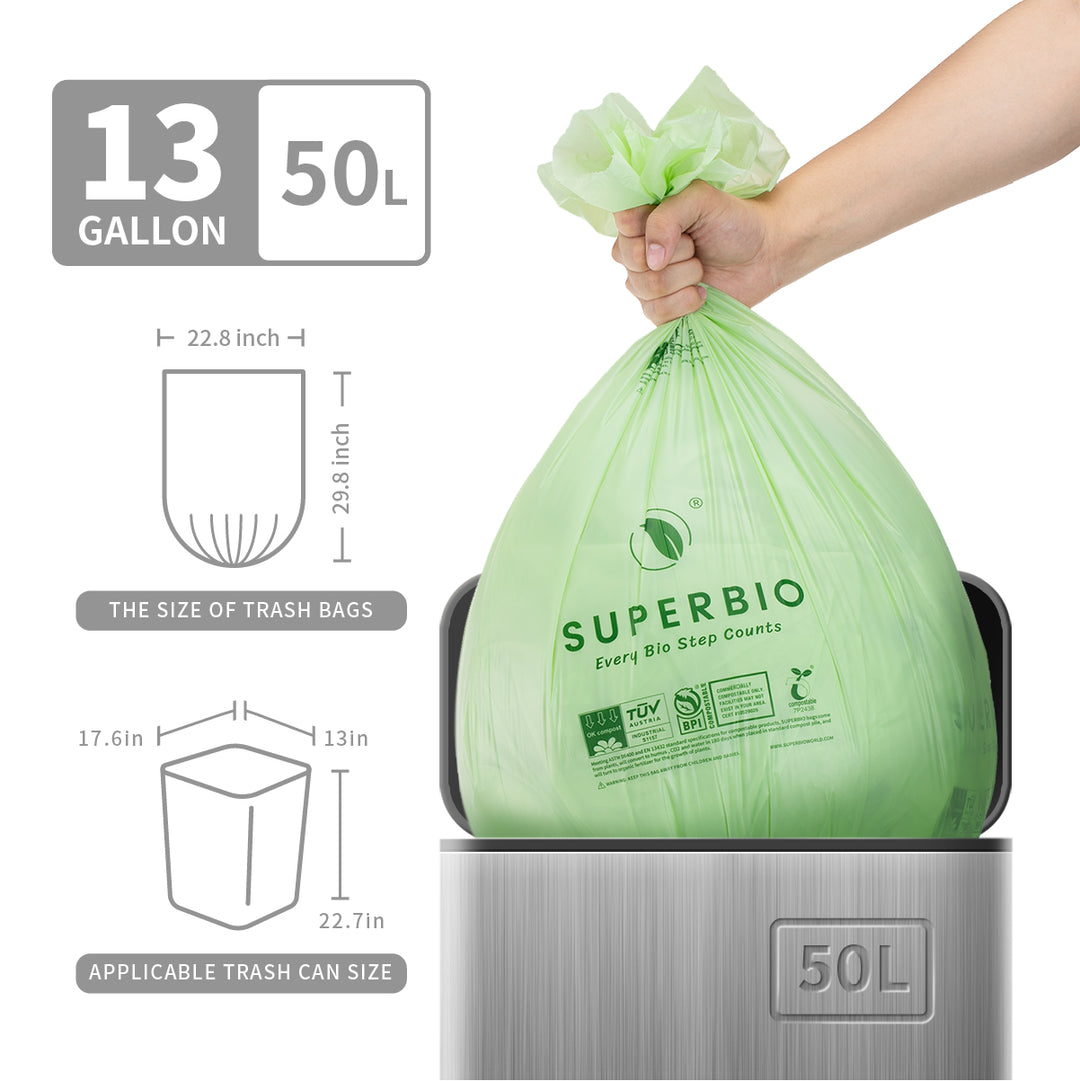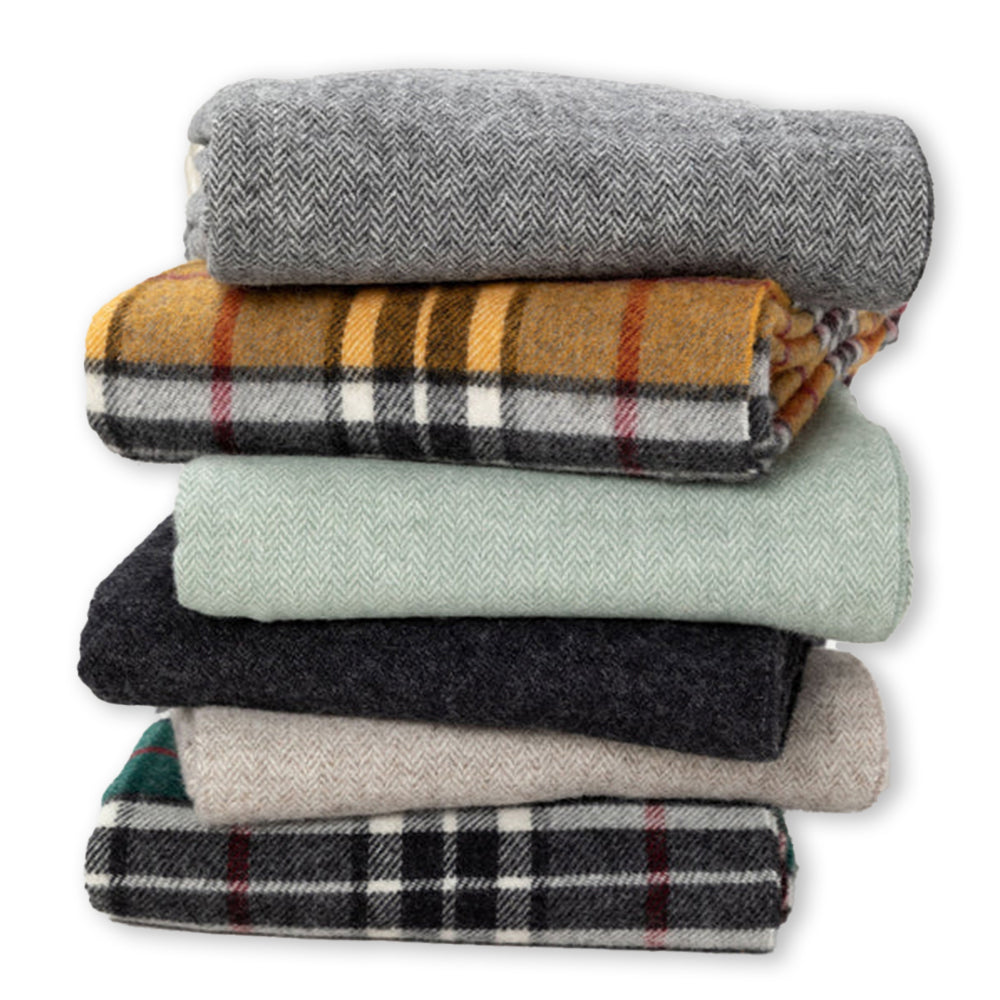Beautiful and Secretive Sea Slugs Hold Toxins and Underwater Super Powers
They look like creatures from a dreamscape—bright, ruffled, and wildly diverse. But sea slugs, known scientifically as nudibranchs and other marine gastropods, are very real, and they're among the ocean’s most dazzling, misunderstood inhabitants.
Despite their flamboyant appearances, these soft-bodied invertebrates live humble lives along rocky shores, in kelp forests, and across coral reefs. They're small—some only a few millimeters long—and nearly invisible unless carefully sought out, according to BBC News. Along the south coast of England, some marine life specialists devote hours searching rockpools for them, knowing that patience and attention to detail are essential for a sighting.

Sea slugs use stolen venom to defend themselves.
Nature’s Master Artists
Sea slugs wear some of the most vivid colors found in nature—purples, oranges, electric blues, and flaming reds. These colors serve not just as decoration but as an evolutionary defense. Lacking protective shells, many species rely on bright coloring to signal toxicity to predators.
Some species take defense even further. The blue dragon (*Glaucus atlanticus*), for example, feeds on jellyfish and retains their venomous stingers for its own protection. This small pelagic slug floats upside down at the ocean’s surface and is equipped to deliver stings to any would-be attacker, Owlcation reports.

Some sea slugs mimic the coral they eat.
Shape-Shifters and Solar-Powered Slugs
Many sea slugs display extraordinary mimicry. Species within the genus *Phyllodesmium* resemble the very corals they feed on, a disguise that helps them blend into their habitat. Others, like the “leaf sheep” (*Costasiella kuroshimae*), possess the rare ability to photosynthesize. according to RoundGlass Sustain, by feeding on algae and storing chloroplasts in their bodies, these sacoglossan slugs generate energy from sunlight—a process called kleptoplasty.
Similarly, the lettuce sea slug (*Elysia crispata*) uses its frilly green body to camouflage among seaweed while producing its own food from light. This blend of form and function makes them some of the most fascinating marine grazers in the Caribbean and beyond.
Rock Pool Discoveries and Climate Clues
In 2024, a rare rainbow sea slug was found in a Devon rockpool by a family exploring the intertidal zone. The animal’s vibrant hues, usually seen only in the Mediterranean, marked a first for the region, Discover Wildlife reports. Marine biologists saw this not just as a stunning find but also as a concerning sign of warming seas. The ability of this species to survive farther north suggests that warmer-water creatures are expanding their range while cold-adapted species may be losing ground.
More Than Just a Pretty Face
Sea slugs exhibit a range of anatomical features that enhance their survival. Rhinophores, horn-like sensory structures near the head, help detect chemical signals in the water. Respiratory organs vary by species: dorid nudibranchs have flower-like gills on their backs, while aeolids feature cerata—elongated appendages used for both respiration and defense.
They are also hermaphrodites. When two sea slugs meet, both can exchange sperm and go on to lay eggs. The resulting egg masses are often spiral or ribbon-shaped, resembling underwater sculptures, RoundGlass Sustain reports. These displays, seen across species and habitats, reflect both artistry and efficiency in reproduction.
A Slug for Every Ocean Mood
Sea slugs come in thousands of species, each with its own flair. The *Spanish shawl* dazzles with its violet body and fiery orange appendages, while the *Chromodoris annae* combines sky-blue tones with orange gills and bold black outlines. These animals don’t just look painted—they often appear sculpted, alive with motion, color, and purpose,.
From reef dwellers to surface floaters, from stealthy mimics to toxic brutes, sea slugs challenge assumptions about marine life. They show that survival doesn’t always rely on size or speed. Sometimes, it relies on boldness, adaptation, and a kind of evolutionary creativity that still surprises scientists today.

































































































